A Knitter’s Tour of British Breeds
words by Karen Robinson | photos by Karen Robinson unless otherwise credited
I have been on the most wonderful adventure – a tour through the southwest of England focused on various sheep breeds in the area. The tour was hosted through Rowan Tree Travel, and for over 10 days, a group of 16 travelers plus 2 tour guides and 1 bus driver explored many delightful paths and sites.
Almost all of our group arrived a day early, which we spent in Bath at a hotel near Bath Abbey. We were on our own this day, so I walked around the city and explored some of the historical sites as well as the shops (including several bookshops).
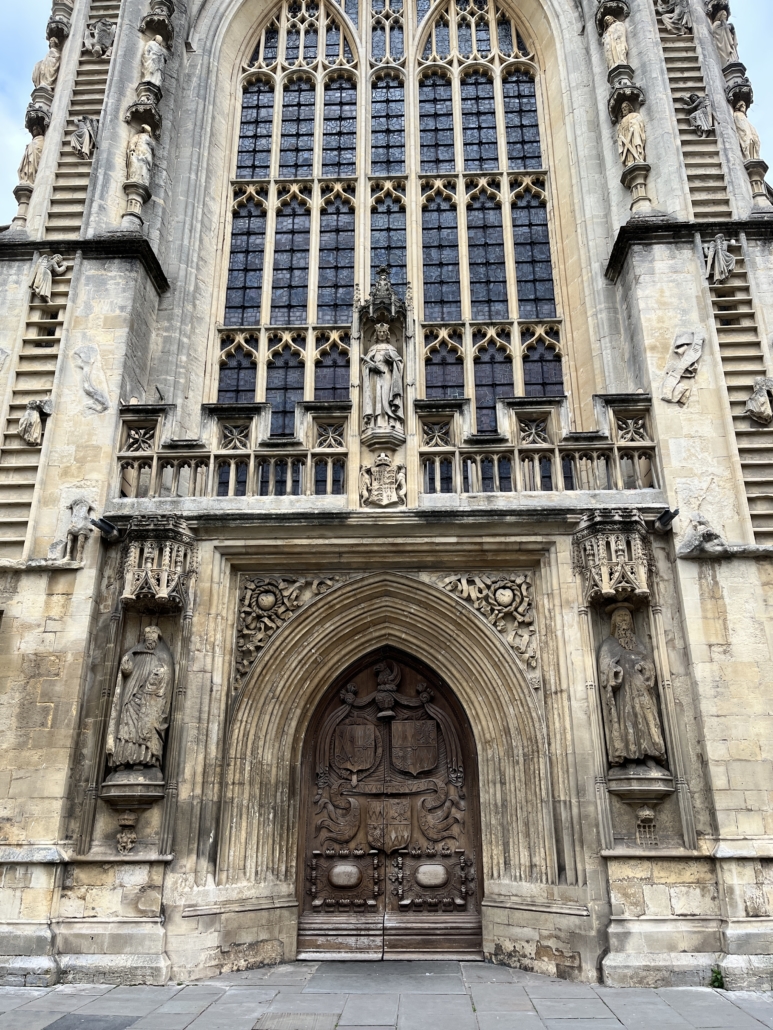
The next day we were on our way bright and early to our next destination, Pickwell Manor Farm, where we were going to stay for three nights as we explored that area in Devon. Along the way, we had a brief stop at Hestercombe House & Gardens to stretch our legs through the gorgeous grounds.
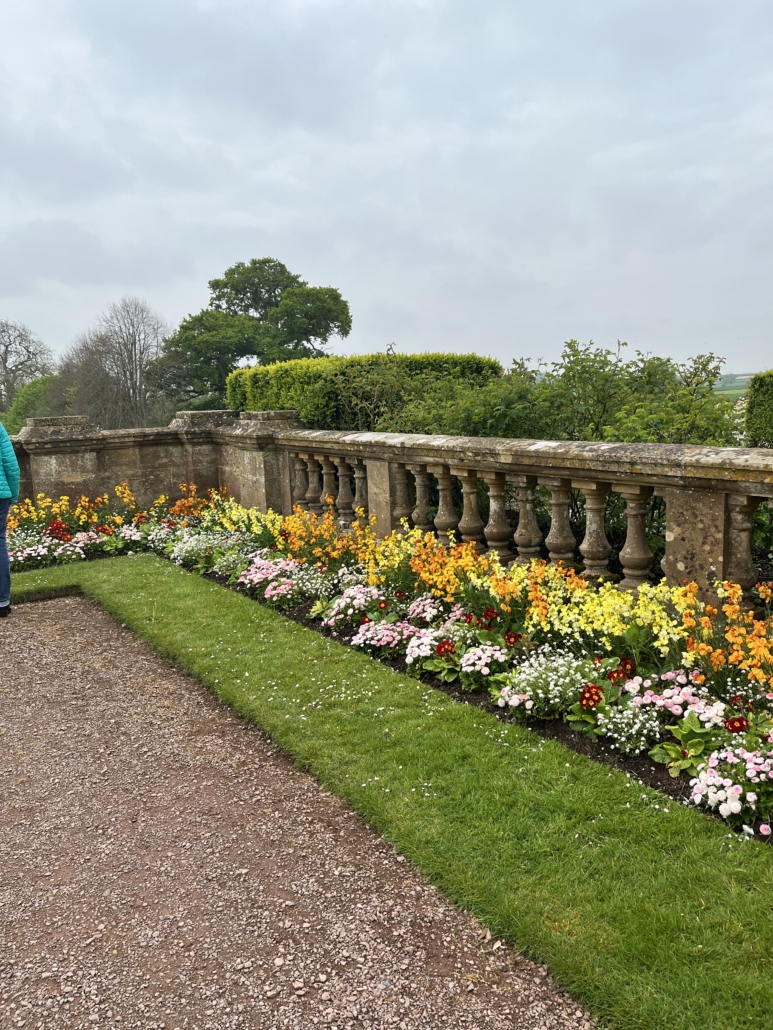
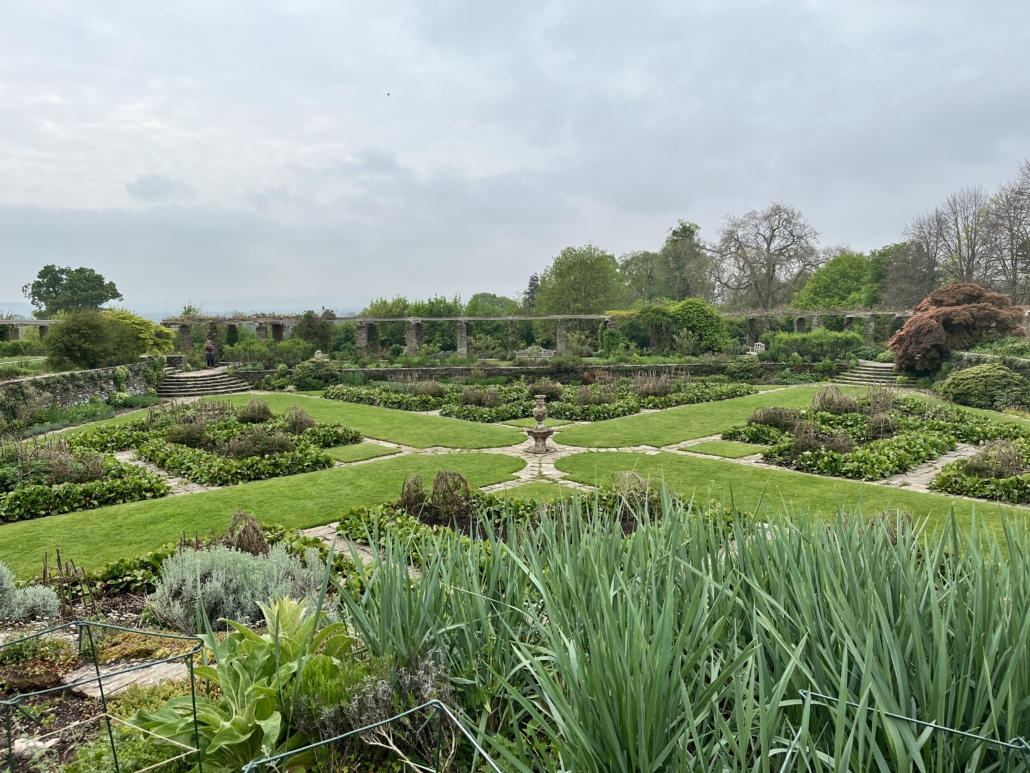
Once we reached Pickwell Manor, we jumped right into our first workshop on British breeds and learned how to felt. Our project: a sheep of course! And we got to use some of those breeds we had been talking about. It was a lot of fun to see all of our creations come to life and to get to know one another through the course of the workshop.
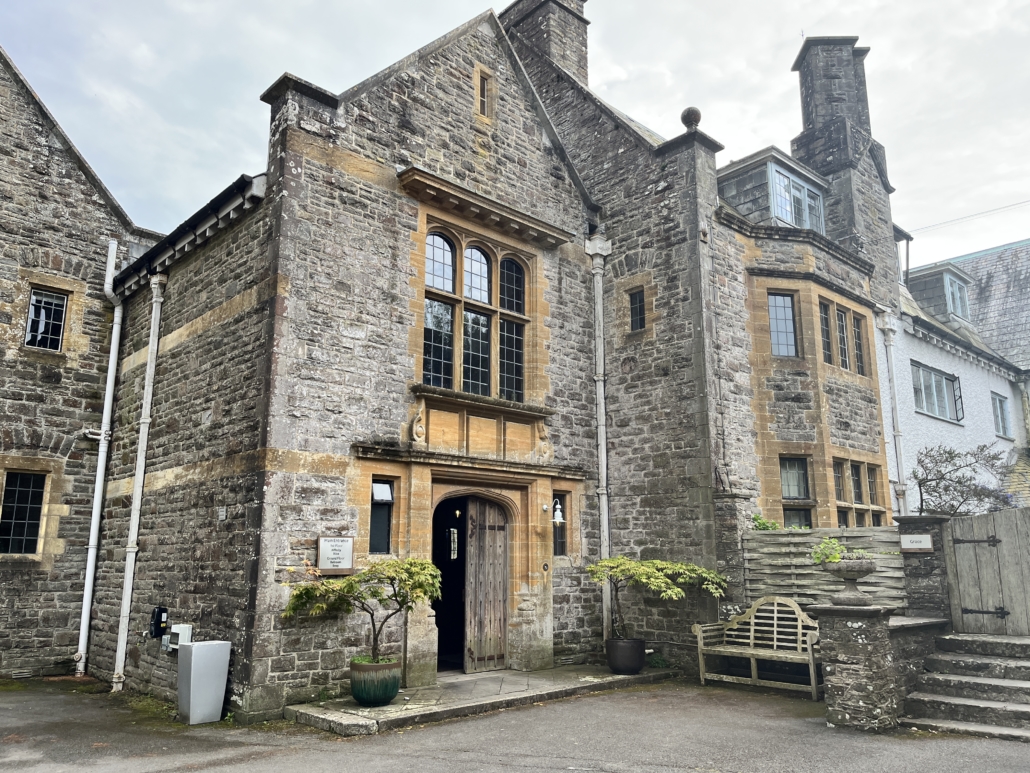
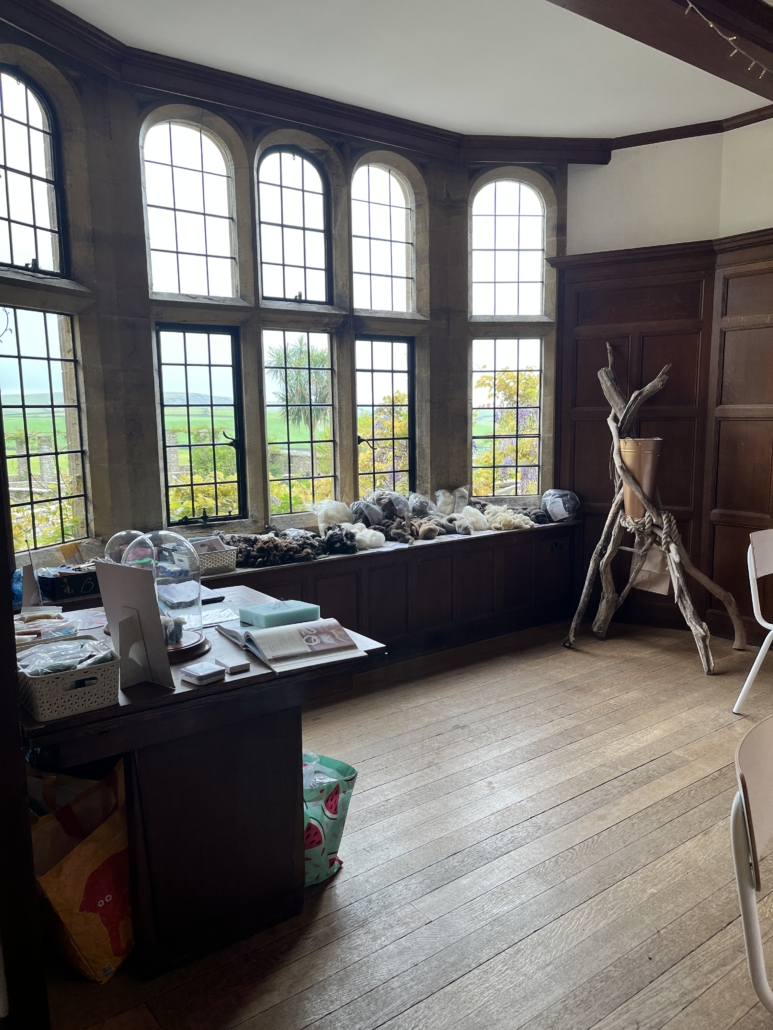
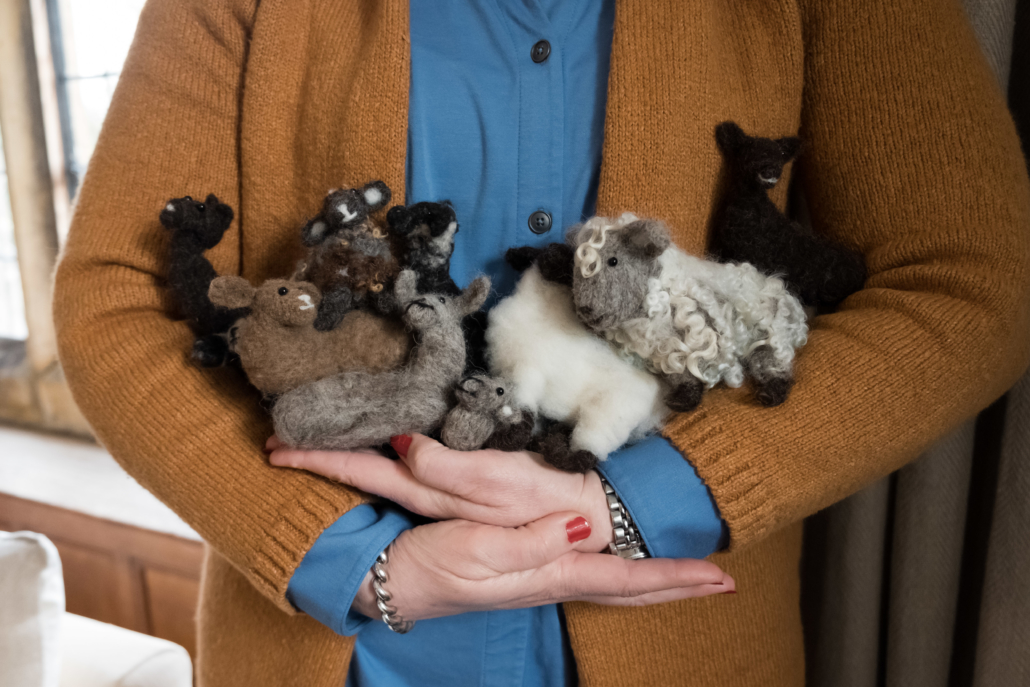
The next day included a morning talk about various sheep breeds as well as a walk along the beach near Woolacombe and stops in a couple of small seaside villages. That evening, we had a special treat: a sheep dog demonstration and headland walk with David Kennard and his Border Collies. First, he had one of his dogs work the sheep in an enclosed area, and then we walked out and up (it was quite a climb!) and watched two of his dogs work the sheep down below us. I was amazed at how well the dogs could hear the whistle and commands even though they were so far away.
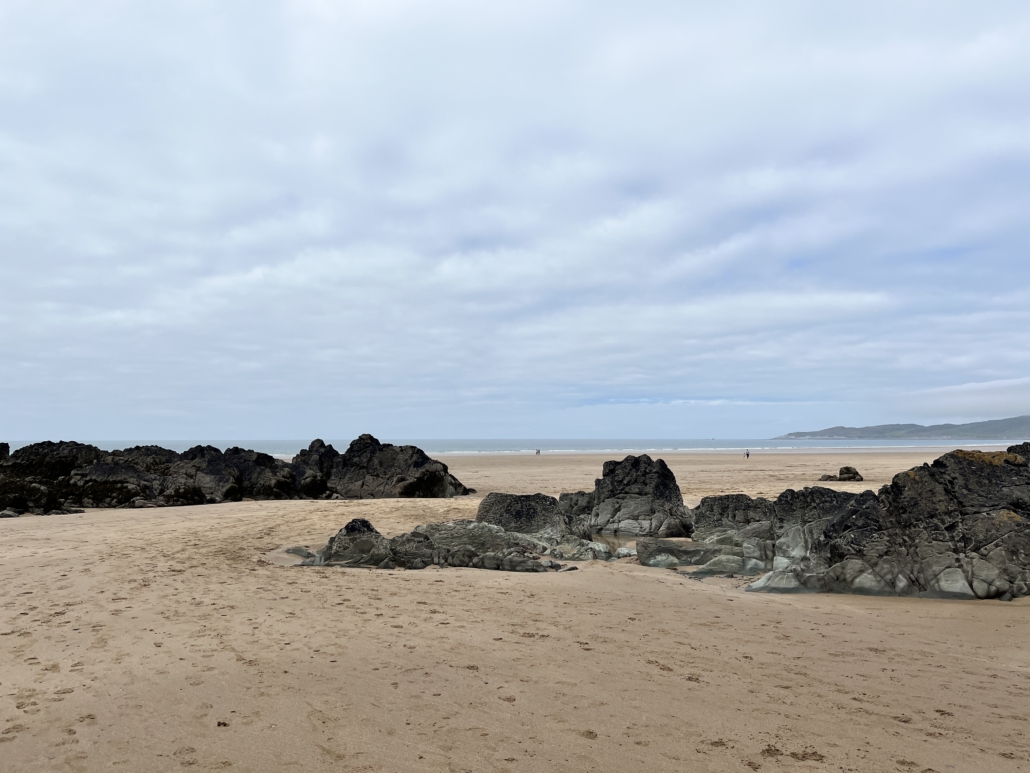
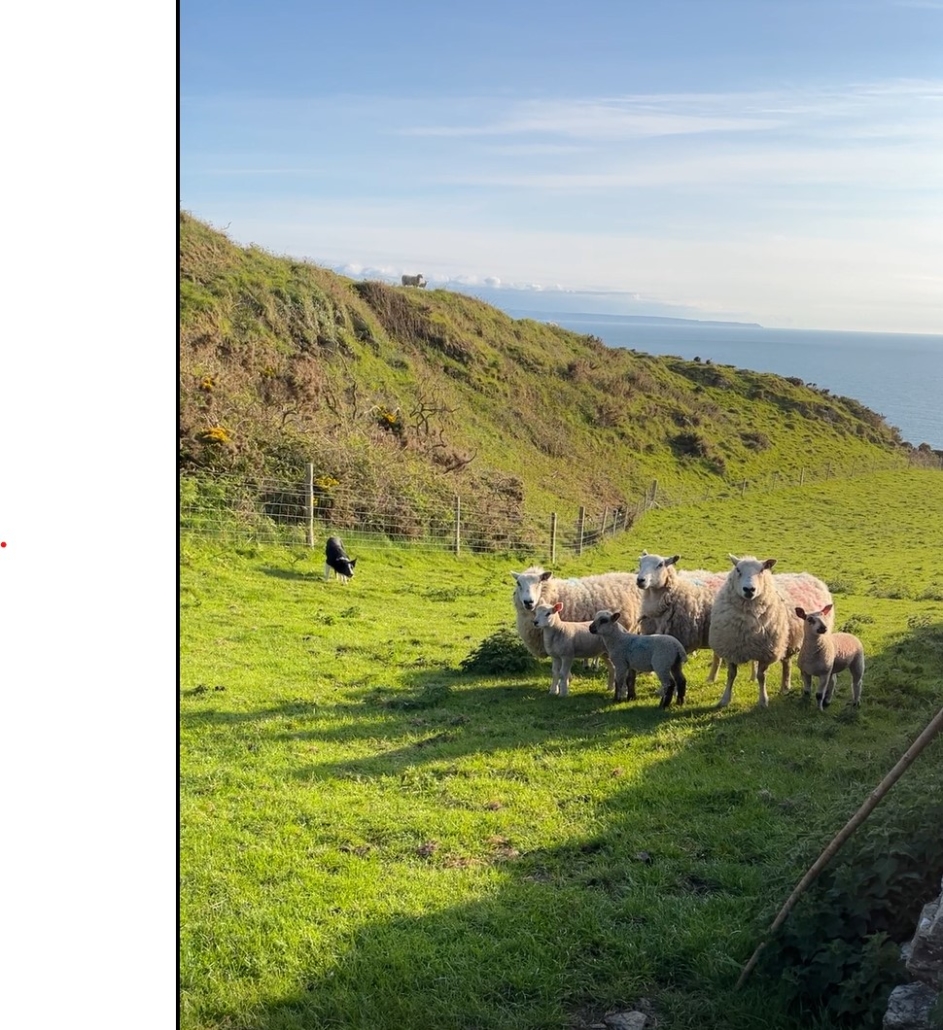
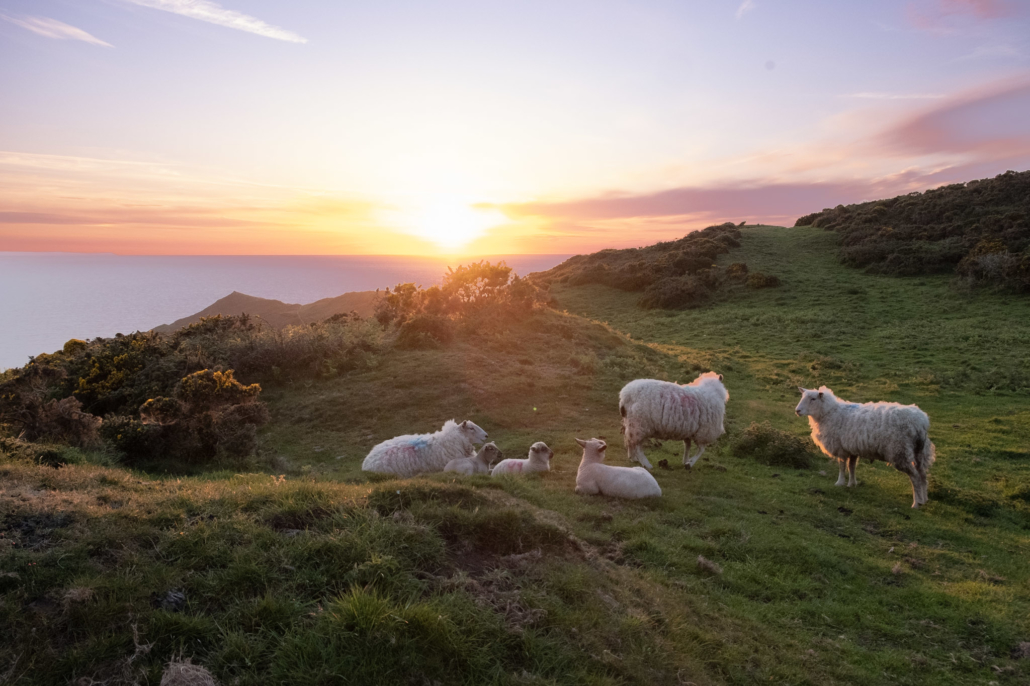
We spent the next morning driving to the towns of Lynmouth and Lynton, stopping along the way for a lovely walk through the woods in search of bluebells (which we found only a few but found wild garlic aplenty!). We got to take a railway car up the cliff and at the top had cream tea and scones (delicious!).
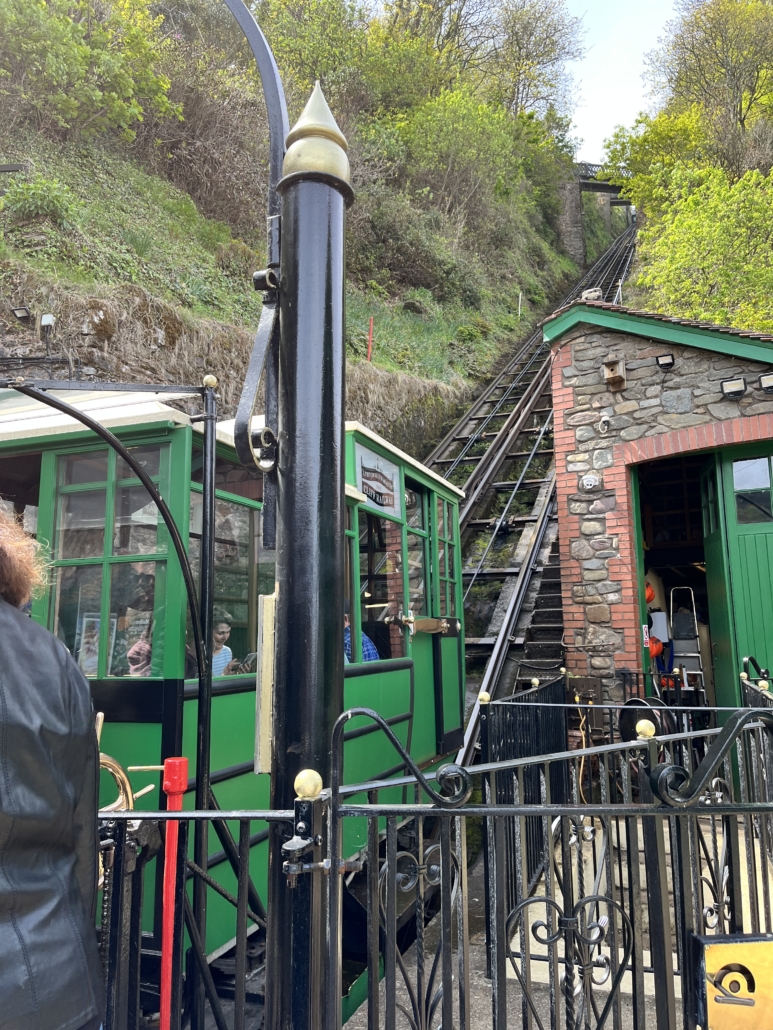
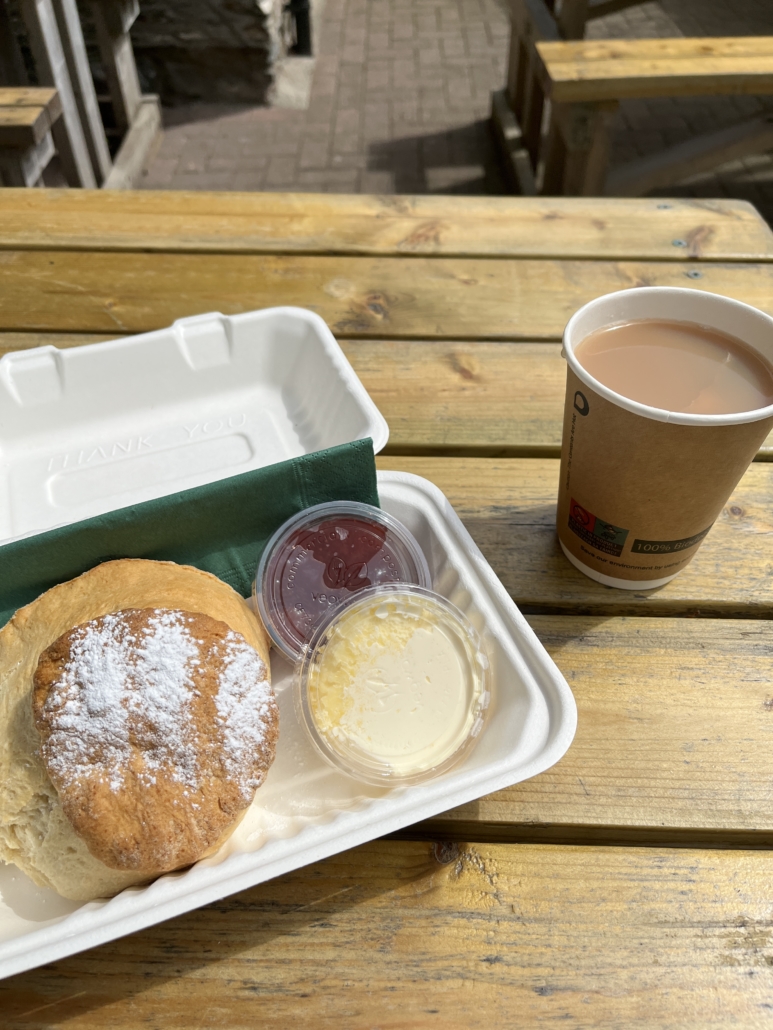
That afternoon contained a truly wonderful experience. We got to go to the John Arbon Textiles Mill and meet John Arbon and his team, take a tour through the mill to see the whole process they go through in making fiber and yarn, and do some shopping! The fiber content available was so different from what I’ve experienced before so I, of course, had to take some yarn home (I won’t admit how much!). For example, the Devonia yarn contains Exmoor Blueface, Devon Bluefaced Leicester, and Devon Wensleydale. Or the Exmoor Sock Yarn, which is a blend of Exmoor Blueface, Corriedale, Devon Zwartbles, and nylon. Although it was a great experience to see the mill and yarn, even better was the true enthusiasm from John and his staff for using local British wool and creating gorgeous yarn and fiber.
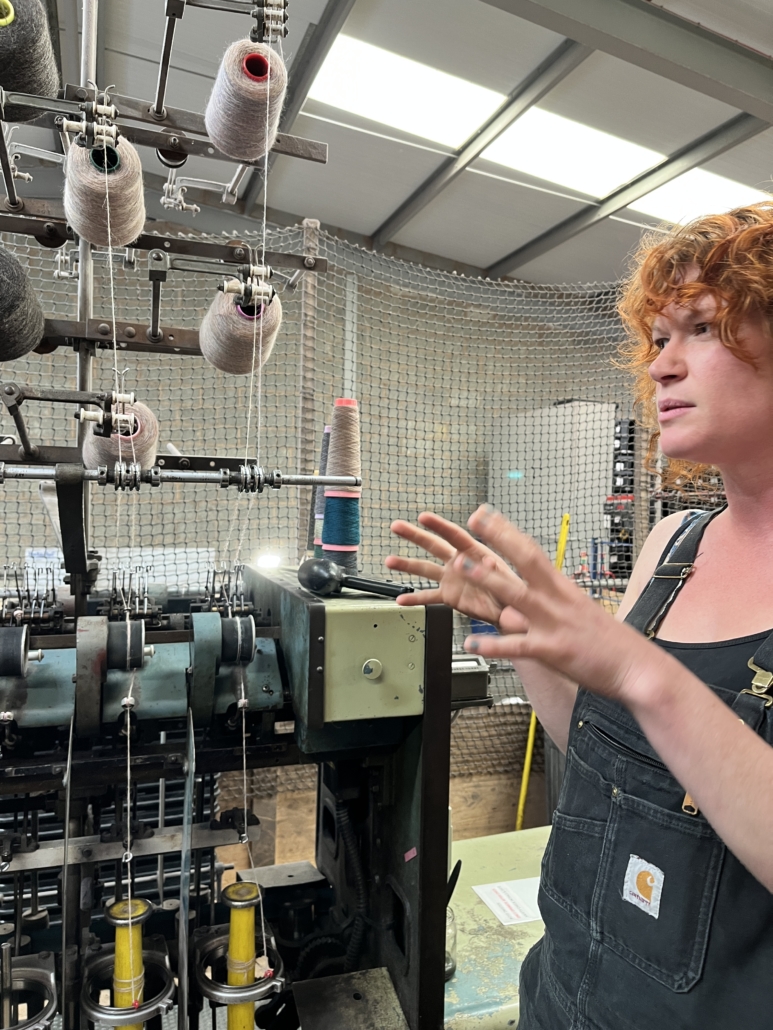
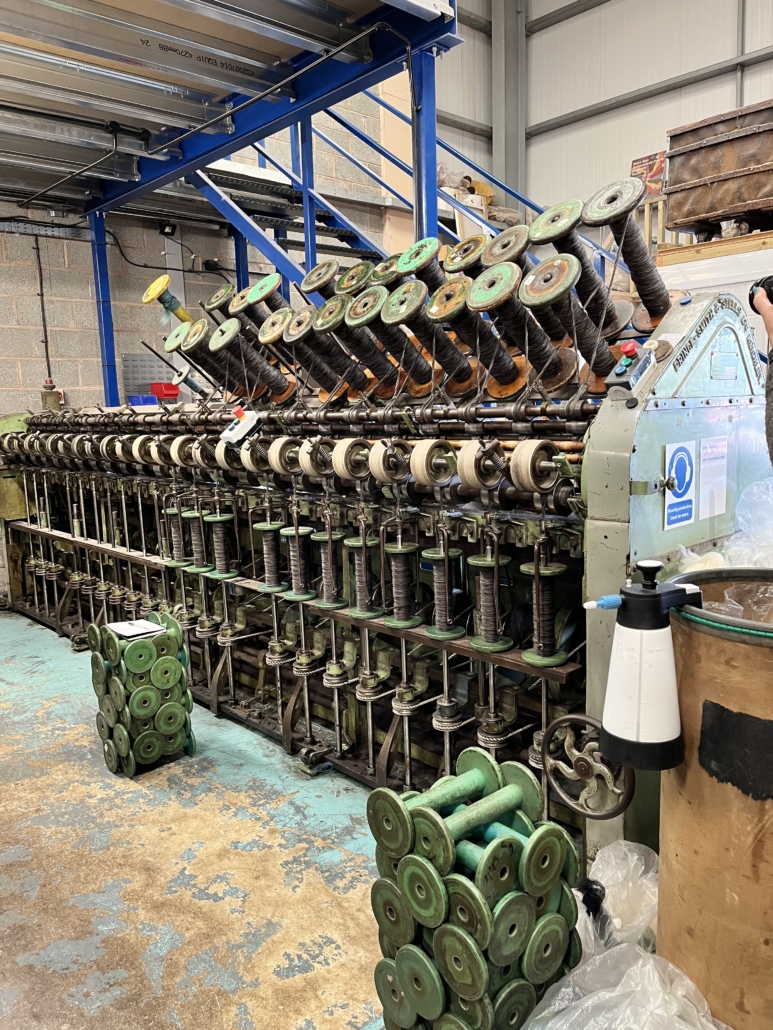
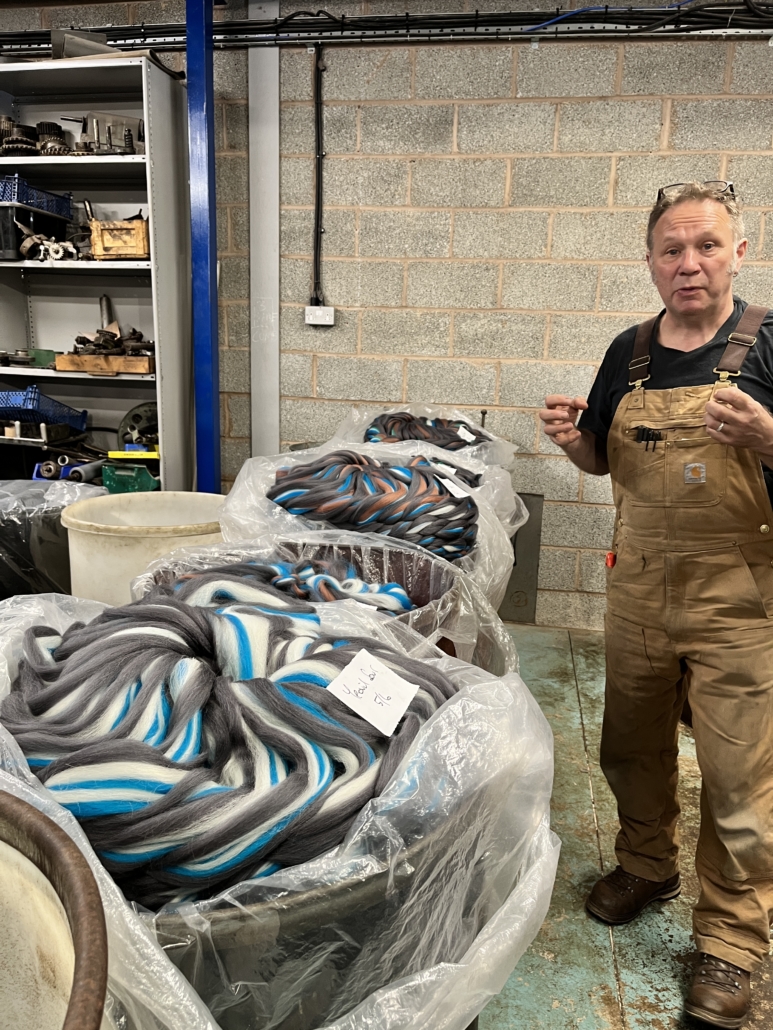
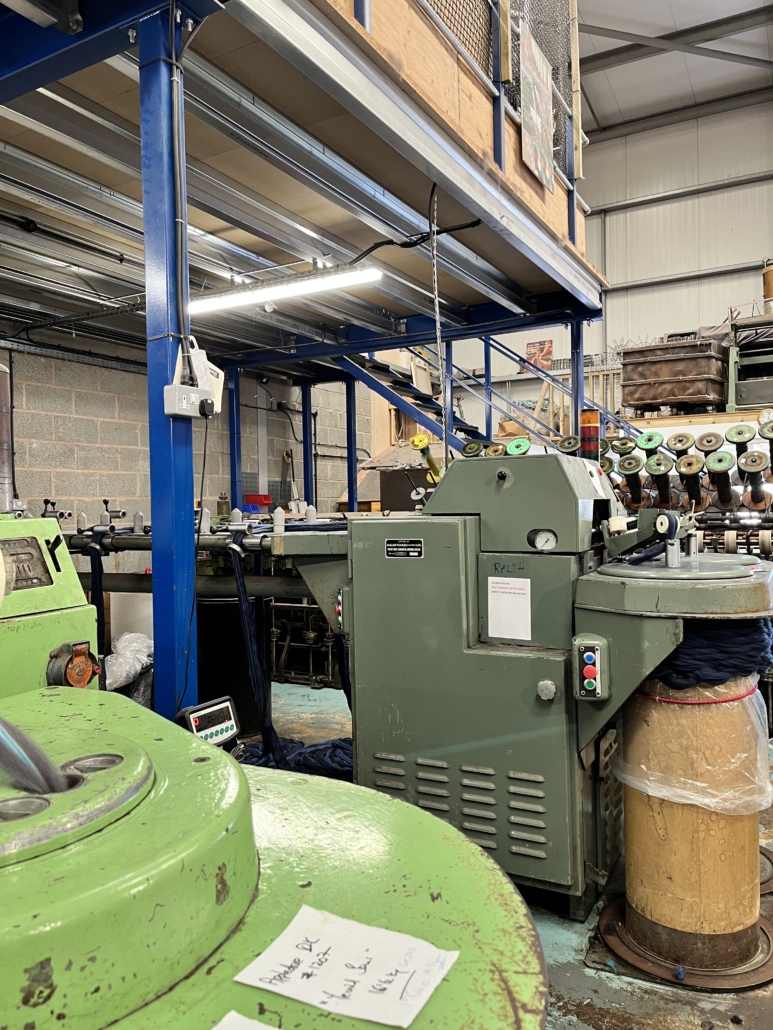

The following day was one of my personal favorites as I got to check off a bucket list item: visiting the ruins of Tintagel Castle. (My background is in Arthurian literature, and it’s the place in the stories where Arthur was conceived.) We got to climb through the ruins with a breathtaking view of the sea all around, an experience I will never forget.
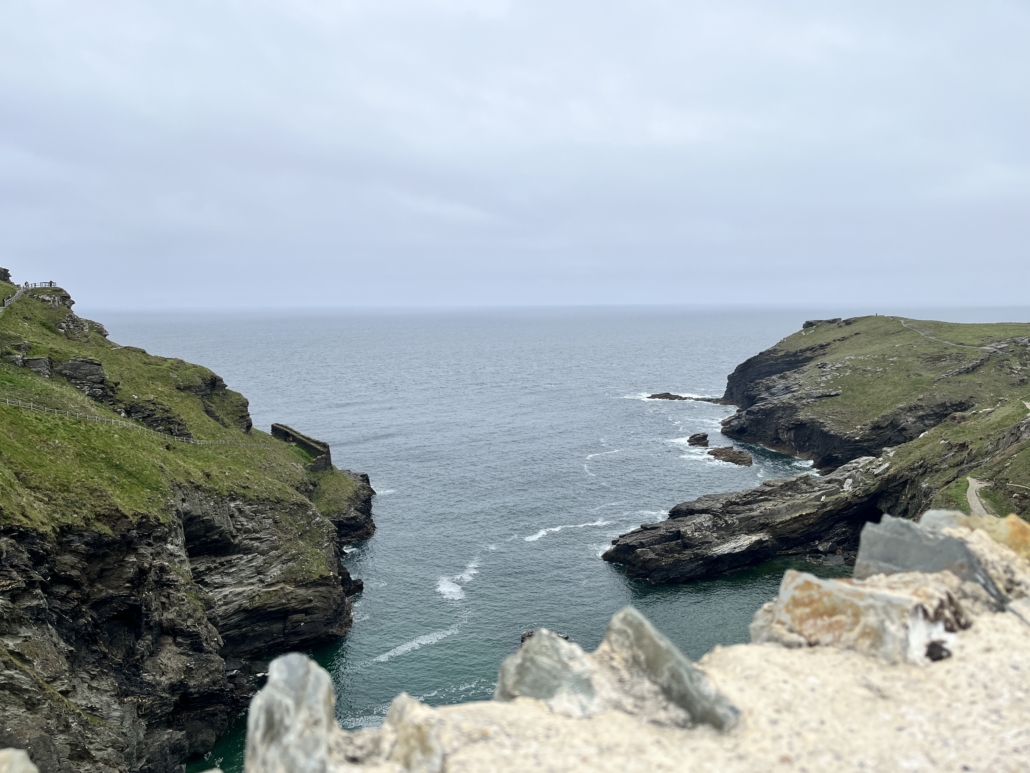
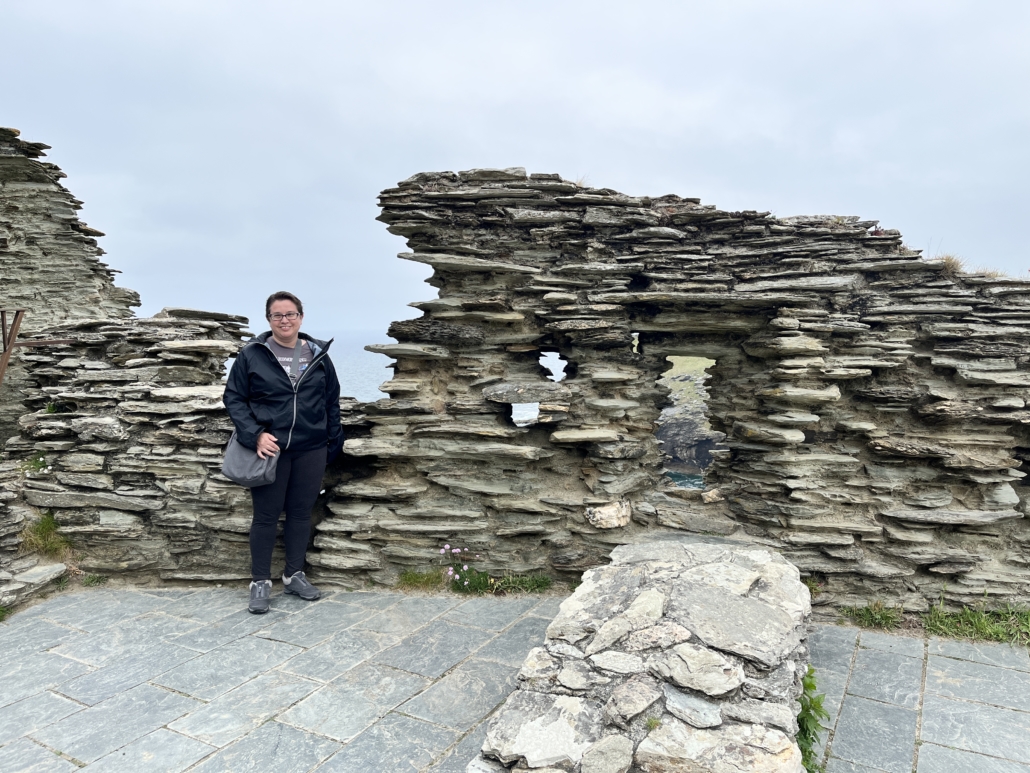
That afternoon took us to Saint Michael’s Mount, which is on a stretch of land that becomes an island at high tide (so we had to walk back across the causeway before the tide changed!). Once again, it was quite a climb to get to the castle, but it was worth it. And my room in the hotel (where we stayed two nights) had a perfect view of the castle and I enjoyed listening to the sea as I fell asleep both nights.
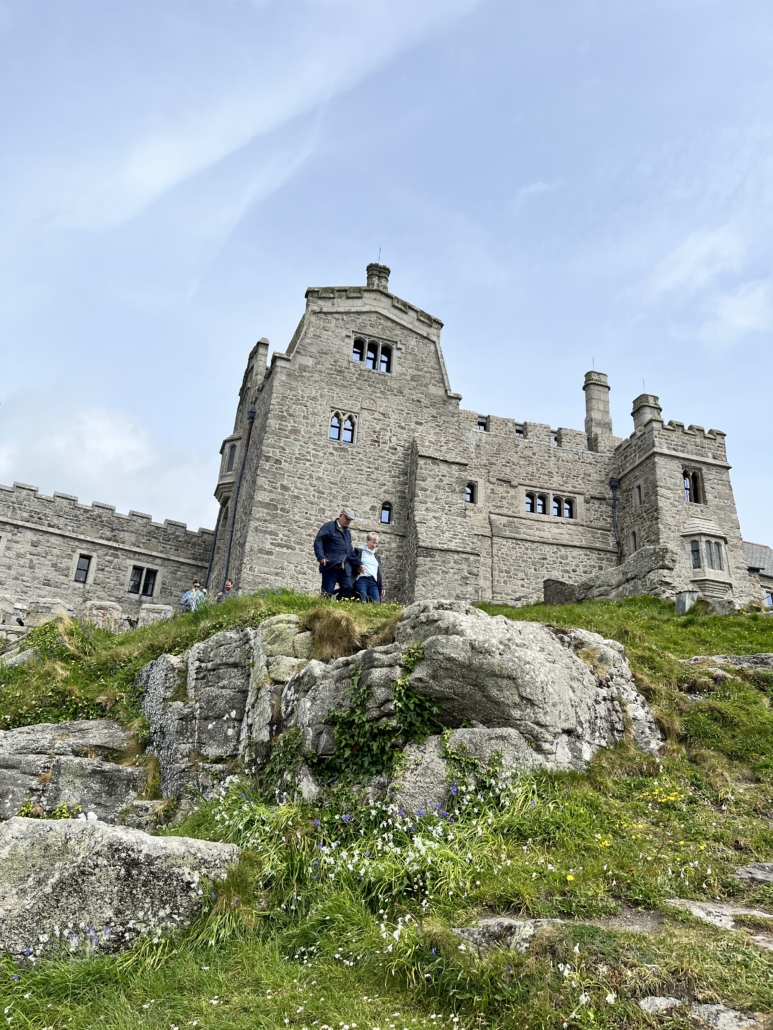
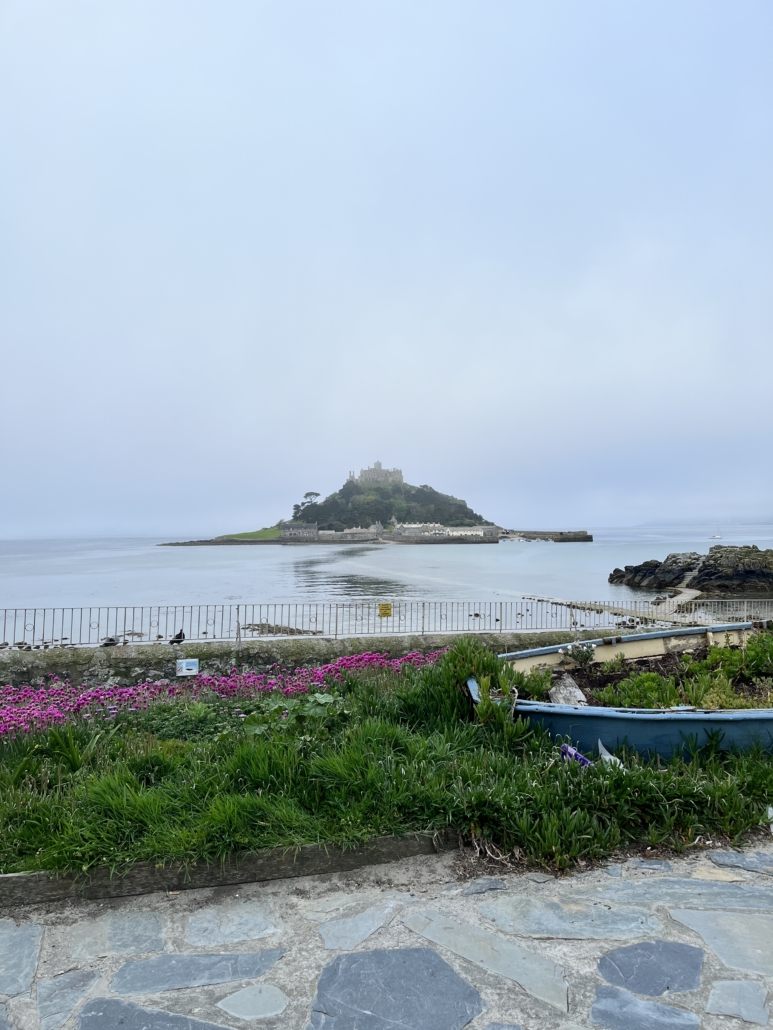
Another workshop on the next day, this one on the history of gansey knitting as well as a trunk show of Frangipani yarns and naturally dyed yarns from Caroline Bawn (daughter of the owners of Frangipani).
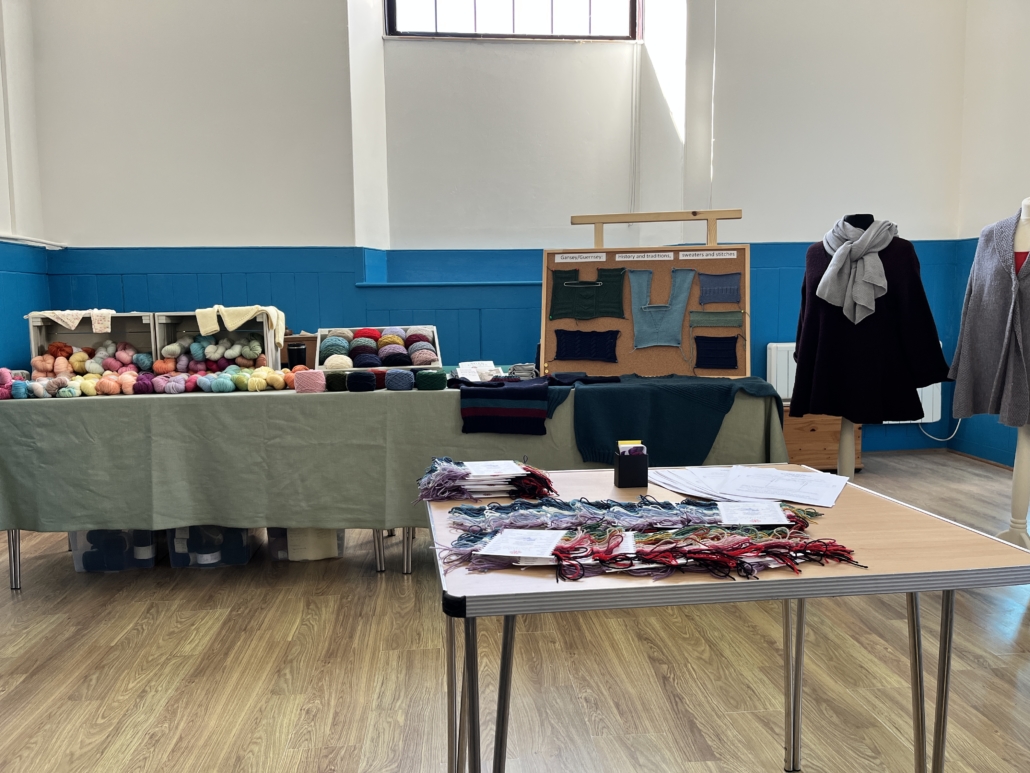
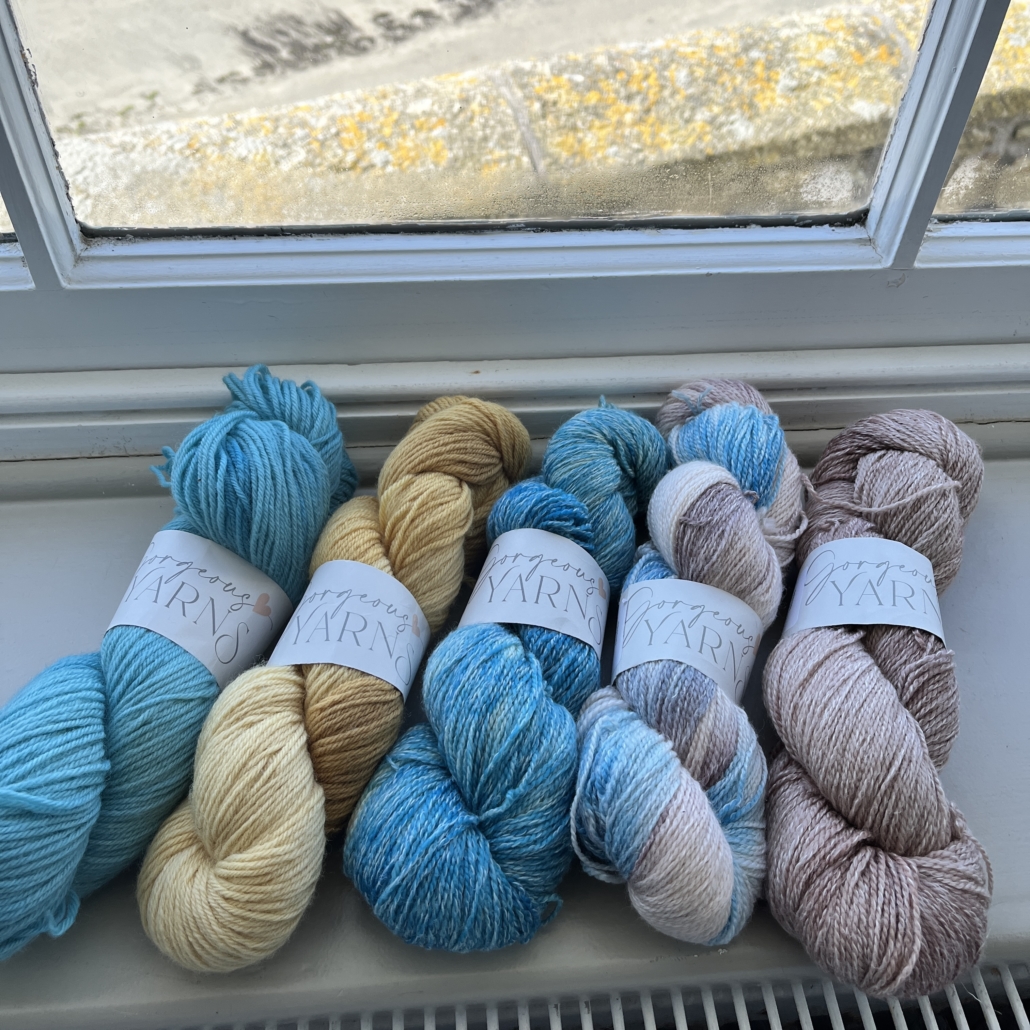
That afternoon we went to the seaside town of St. Ives where I had a delicious Cornish pasty and did some shopping. We even found a small yarn shop! We did some more sightseeing on the way to our evening destination, stopping at the ruins of a Romano-British village called Carn Euny and a stone circle called the Merry Maidens.
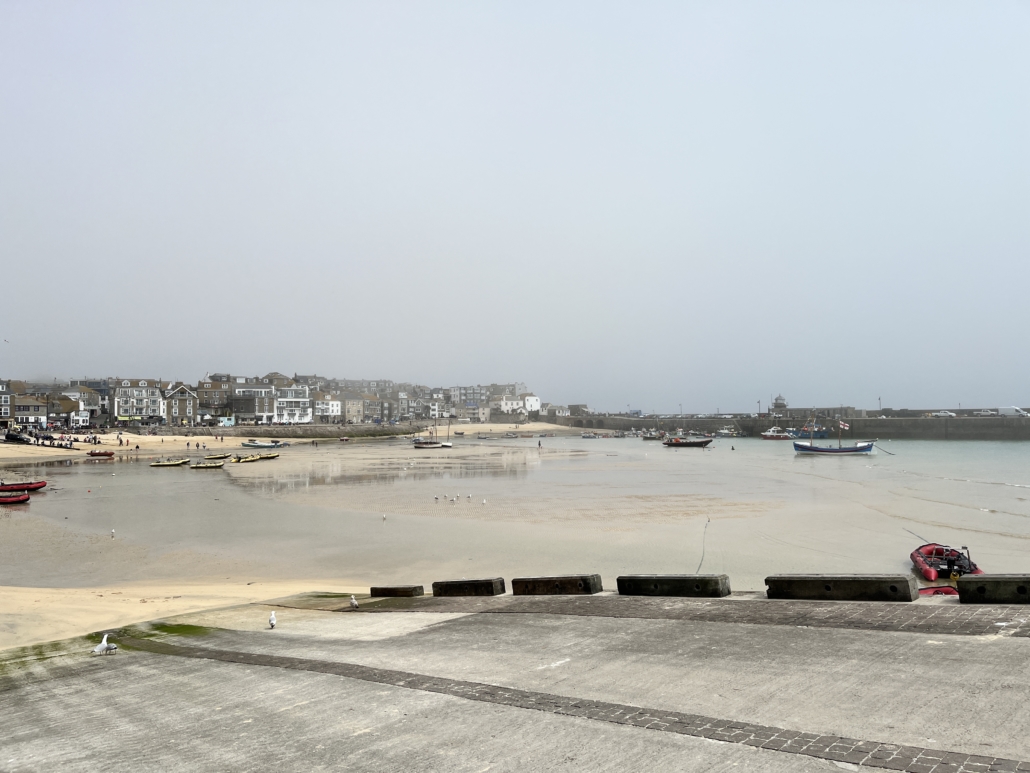
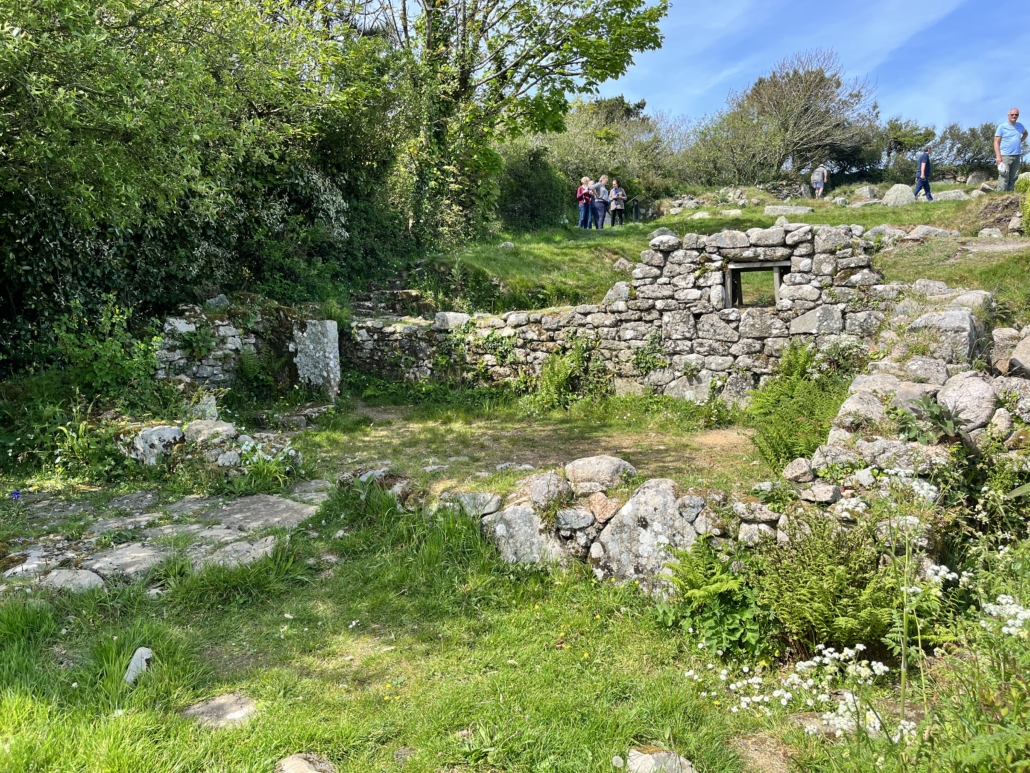
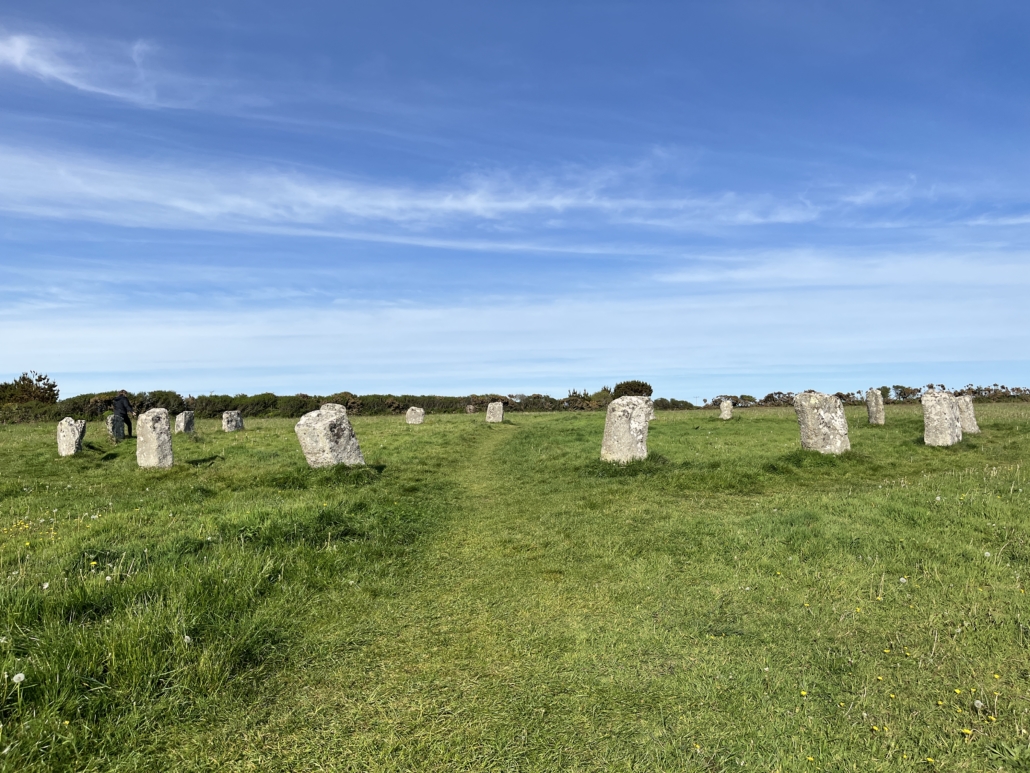
That evening, we went to the Minack Theatre, which is on the edge of the sea and features stone benches and grass terraces, to hear a women’s choir perform.
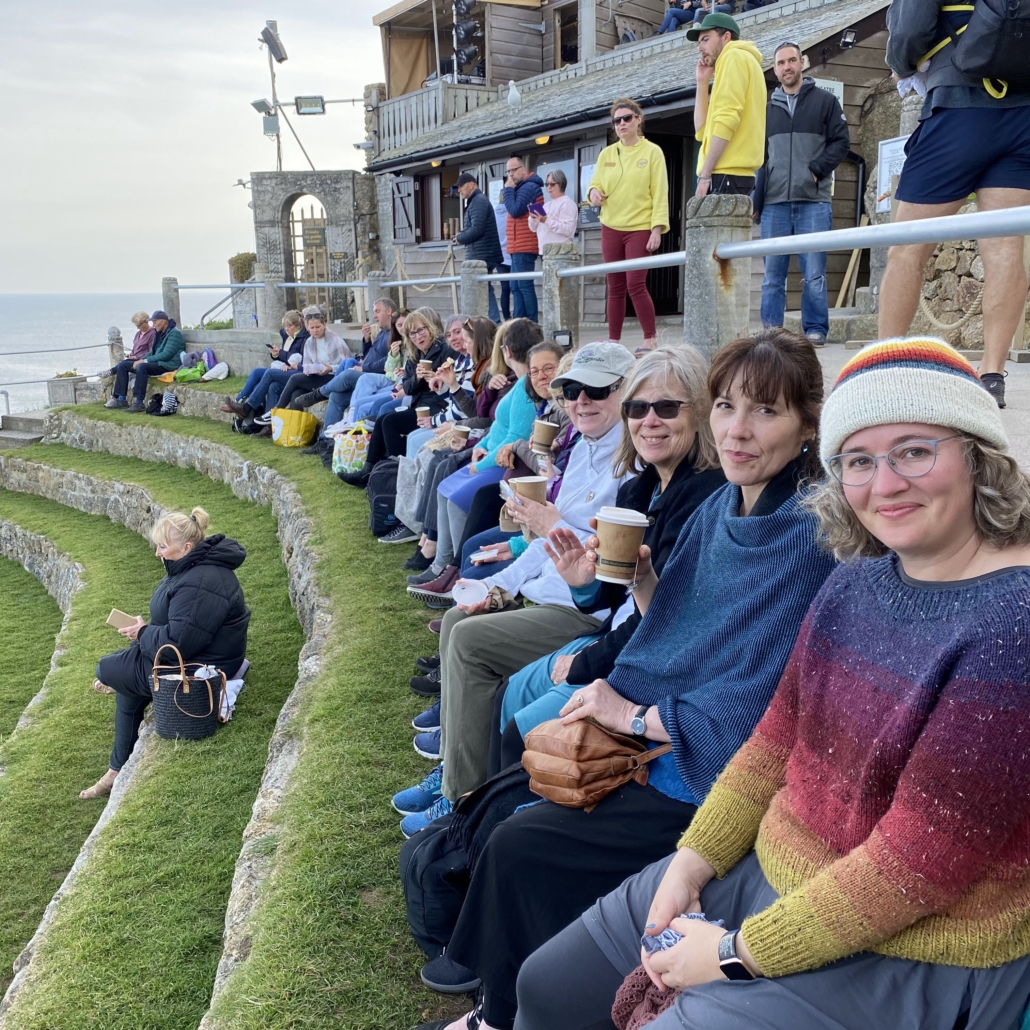
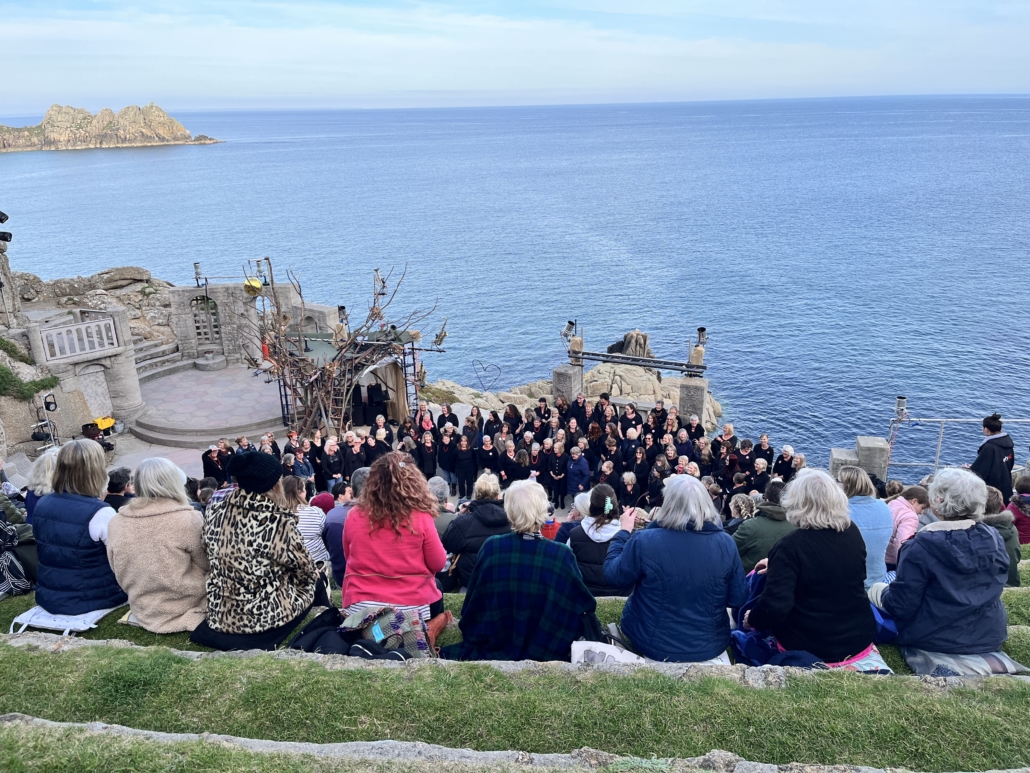
Off to the Lost Gardens of Heligan and the country home of Agatha Christie the following day. The gardens were incredible. They had been forgotten after World War II and went undiscovered for about 80 years before they were cared for again. The plants and trees, including tropical varieties which thrive in that particular climate, were huge.
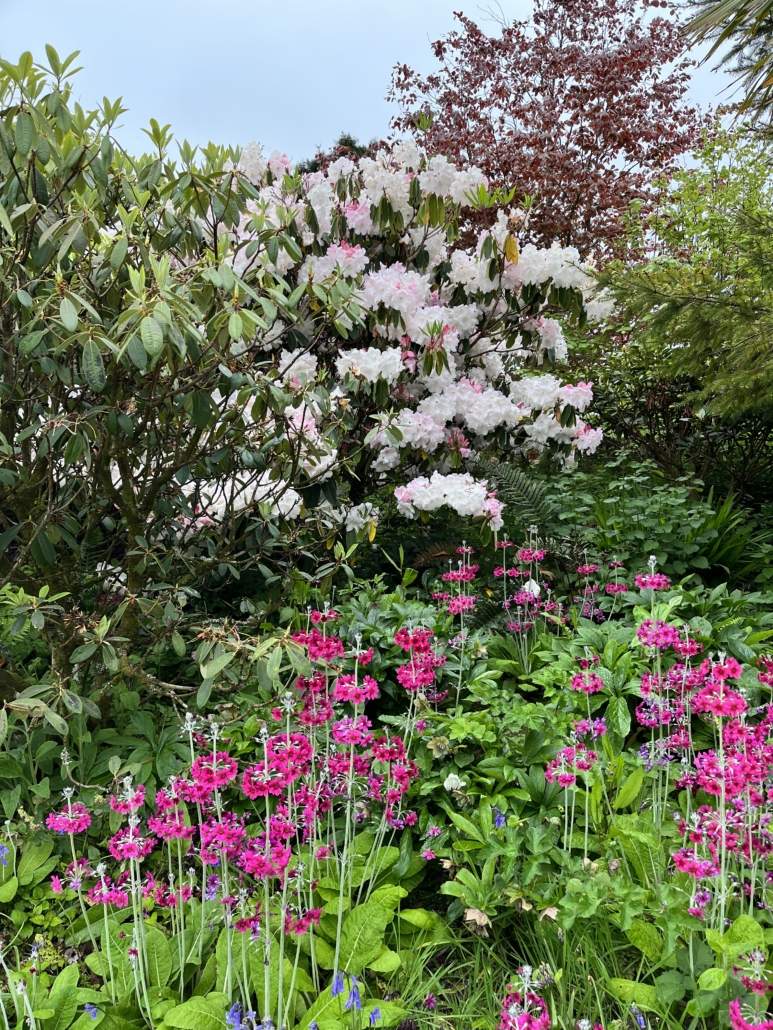
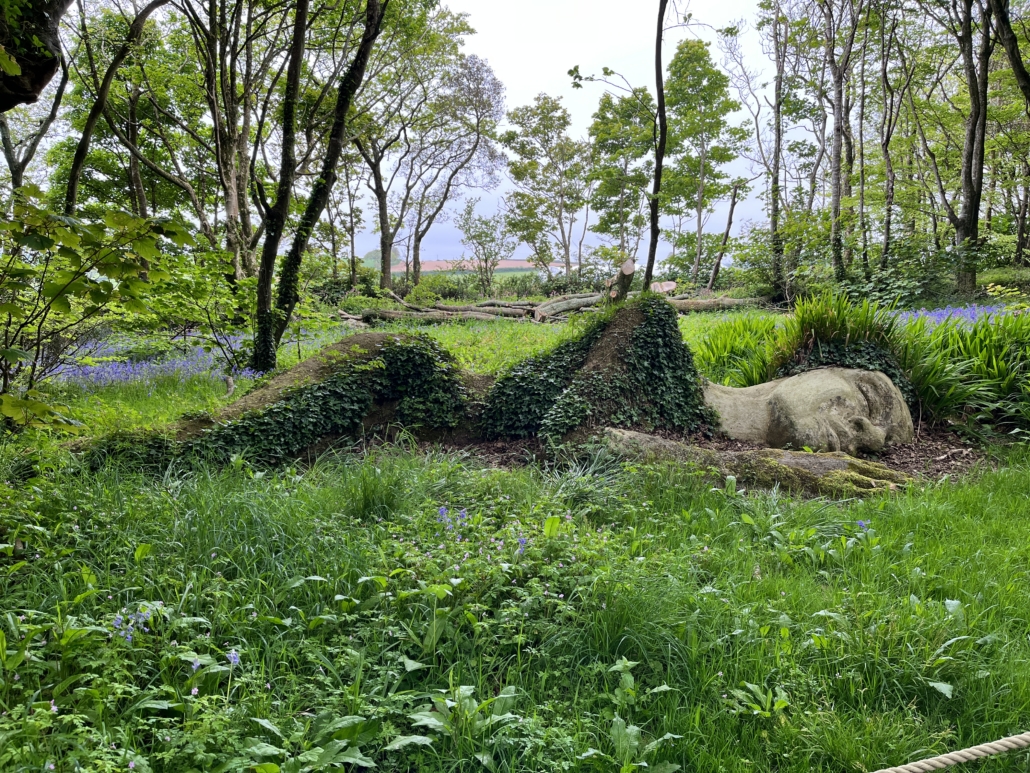
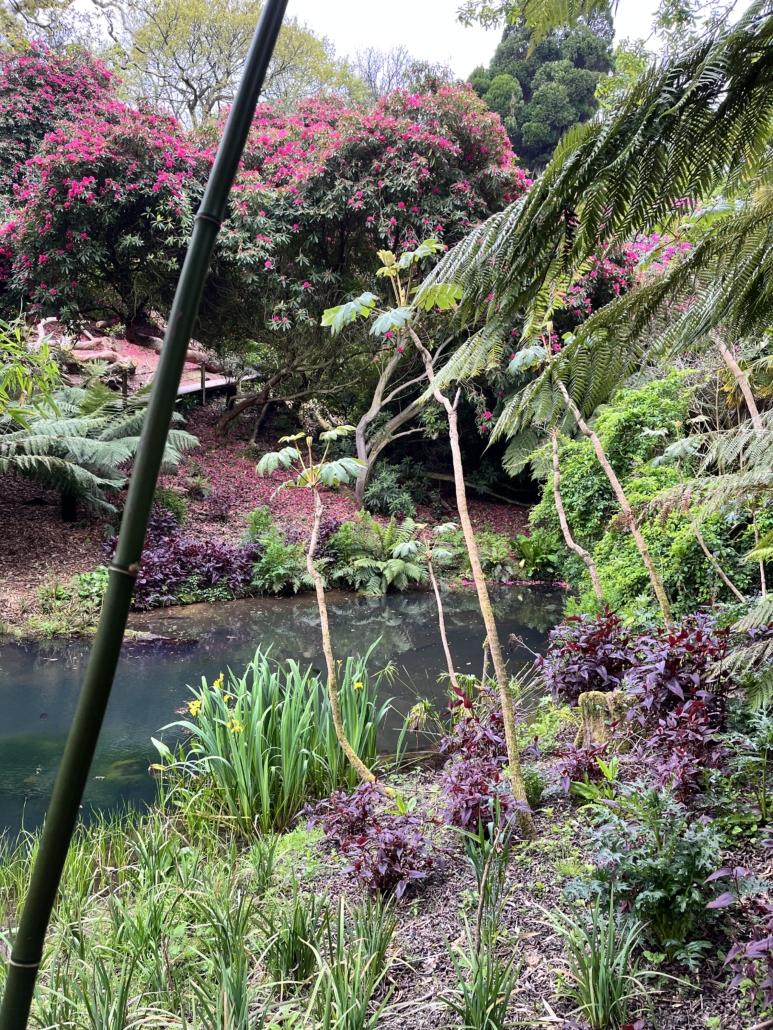
Along with the gardens, Heligan also is home to several heritage breed animals. In particular, they raise and care for the rare Devon & Cornwall Longwool (which are gorgeous sheep!) and also have Ryeland, Jacobs, and Kerry Hill.
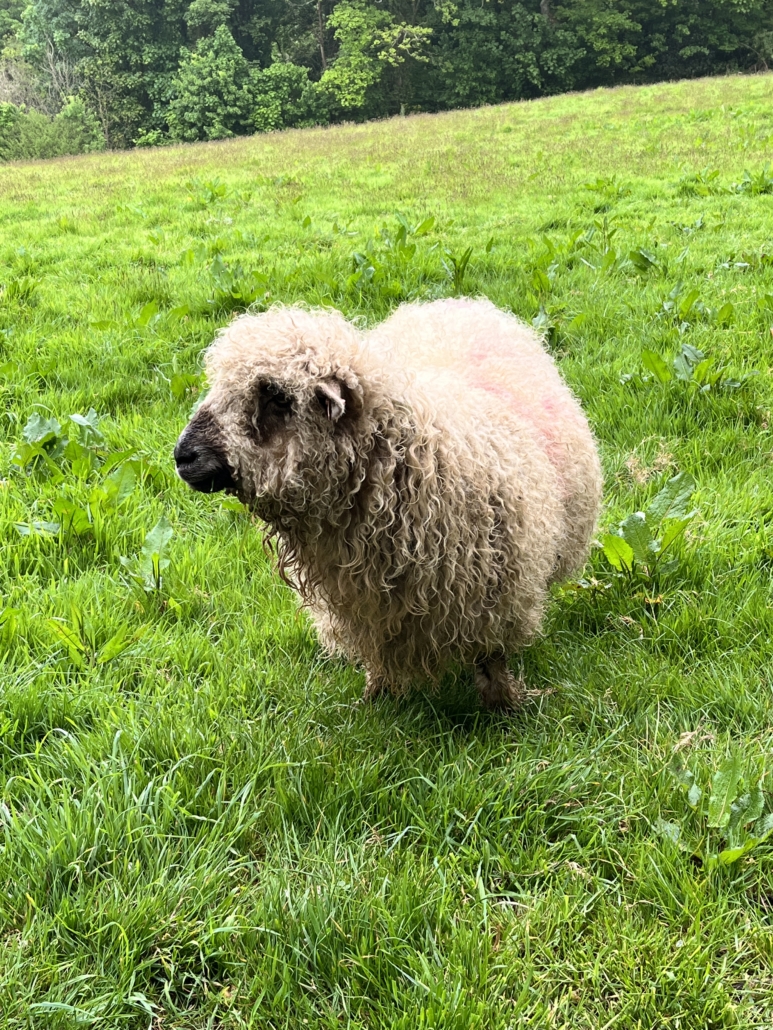
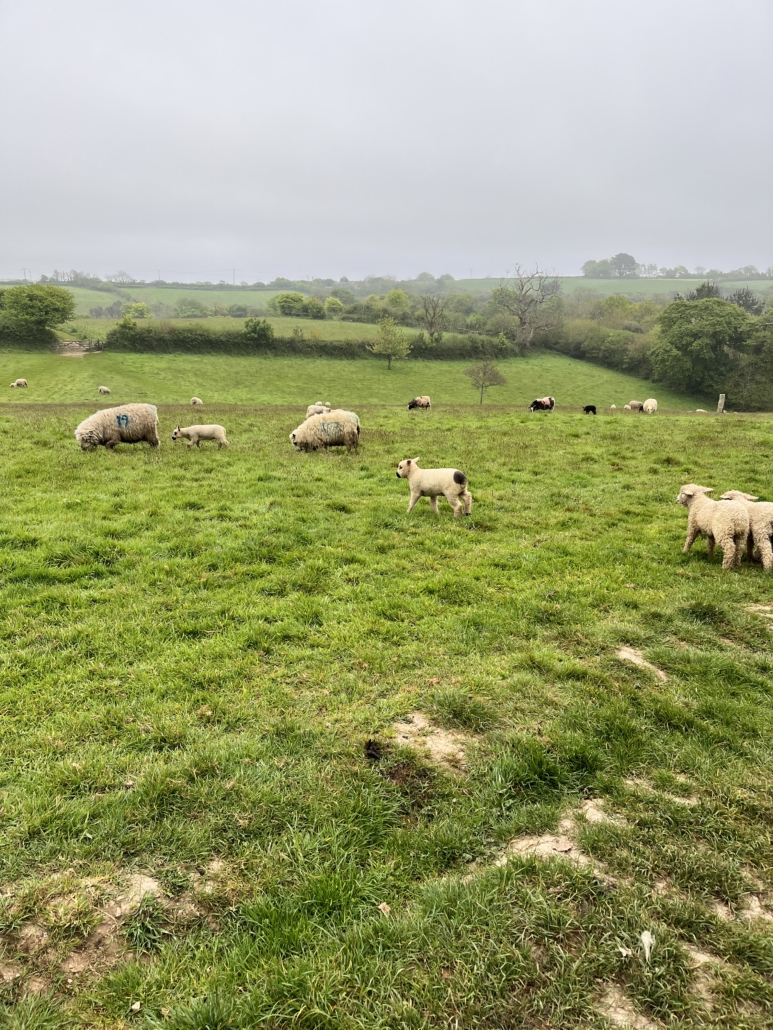
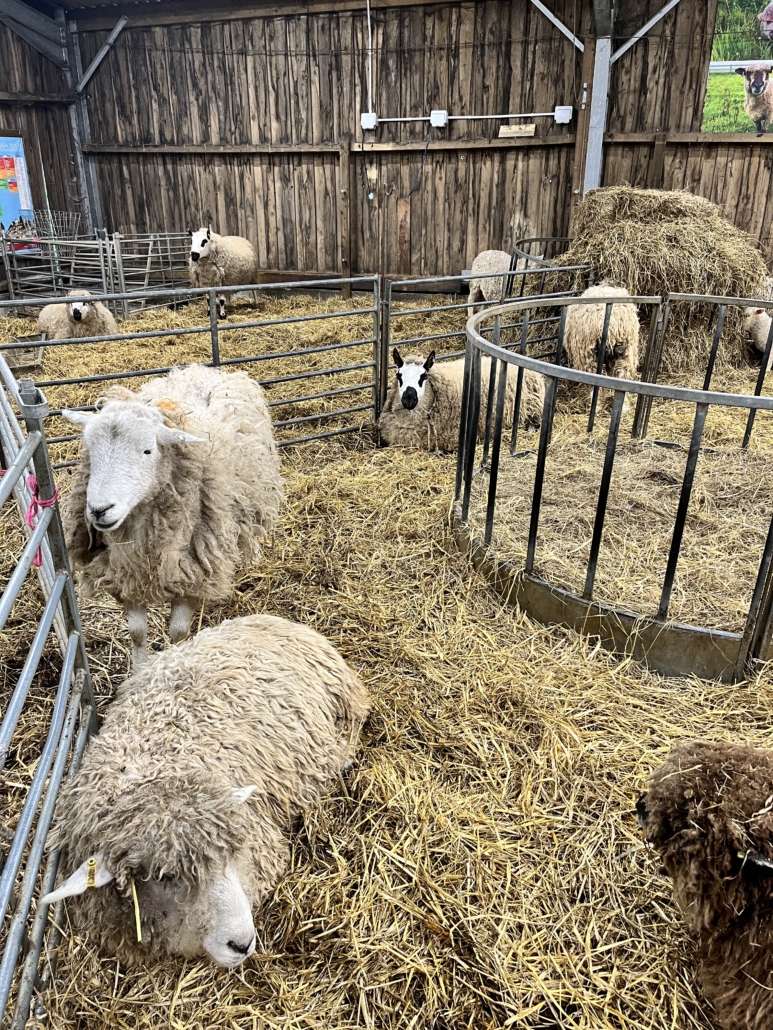
We were back to Bath for another day, making a quick stop in Glastonbury along with way. In Bath, we spent time relaxing and doing more sightseeing and shopping. I took to opportunity to visit the Jane Austen Center and even did a little dressing up! Also, if you’re even in Bath, make sure to have tea and a Sally Lunn bun (at Sally Lunn’s). Delicious!
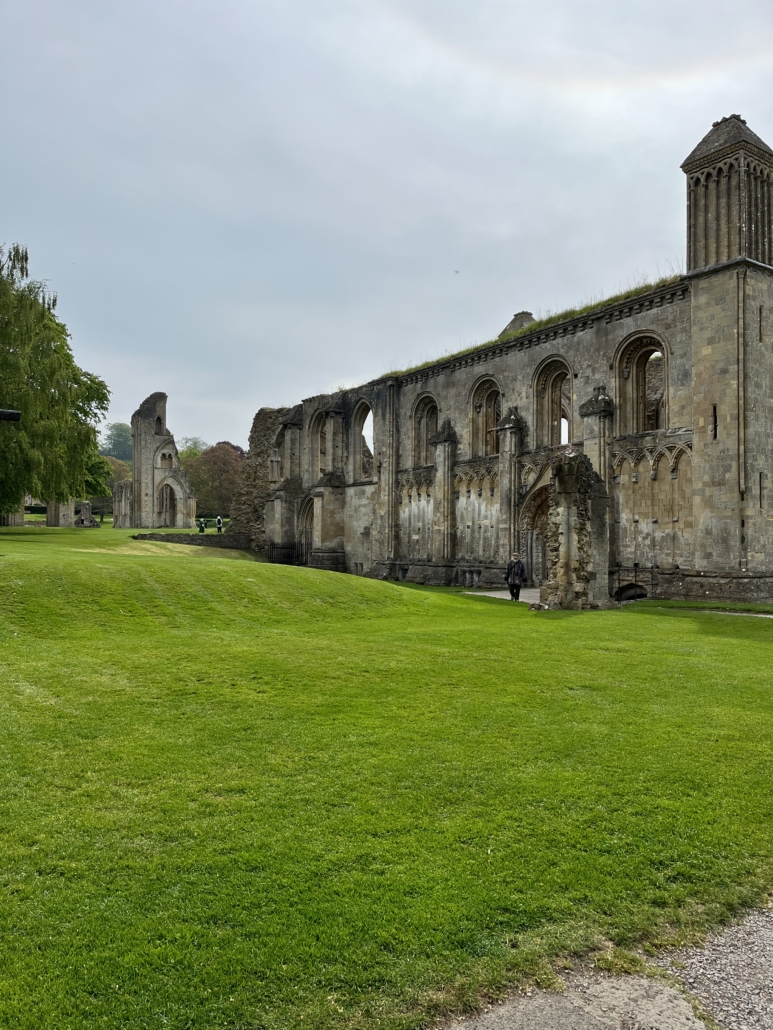
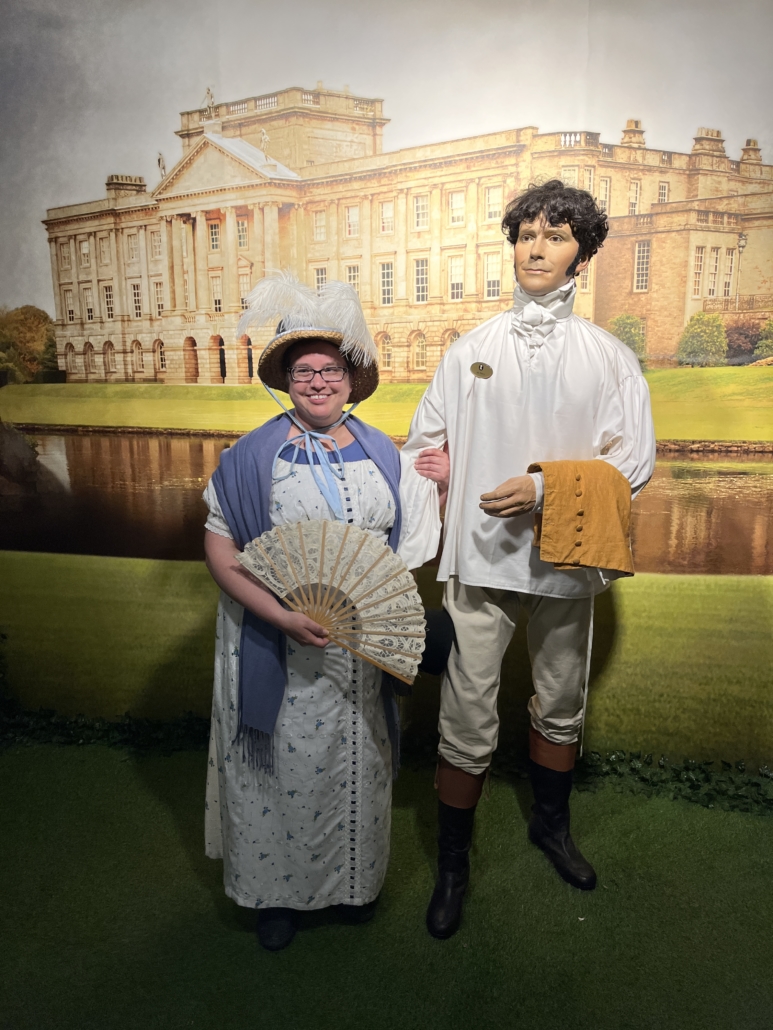
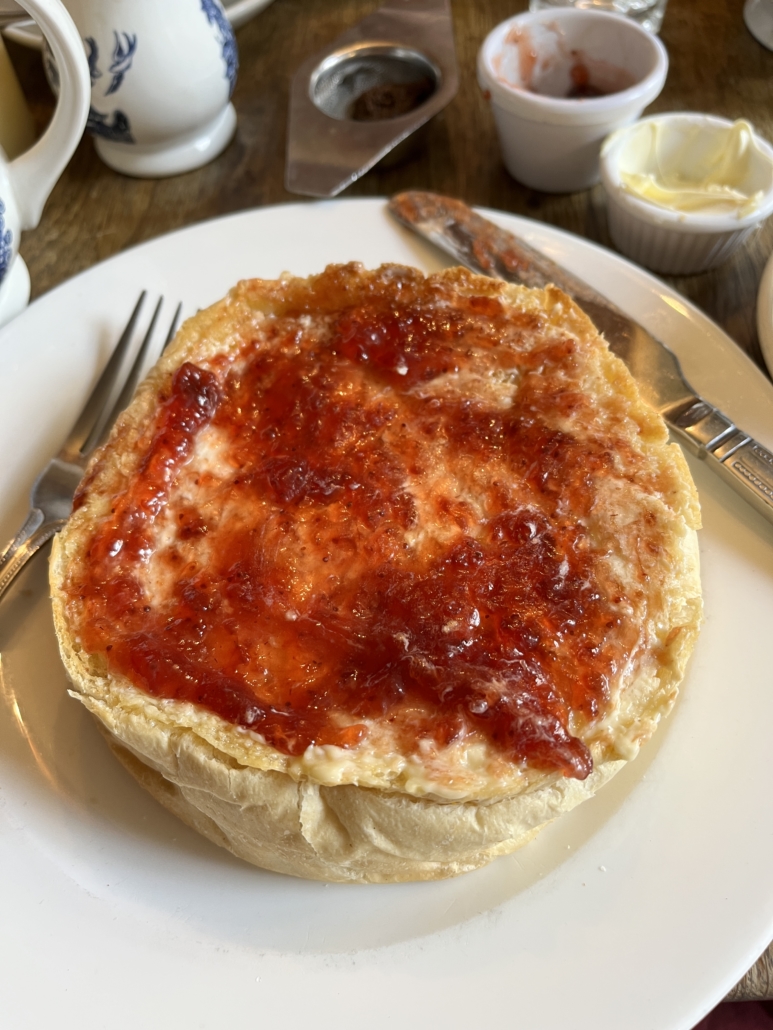
Our final three days were spent in the Cotswolds at Daylesford Organic Farm (which was an absolutely incredible place!). Along the way we went to Alderbrook Farm, where Grace showed us her Cotswold sheep as well as several fleeces (which one of our travelers decided to buy).
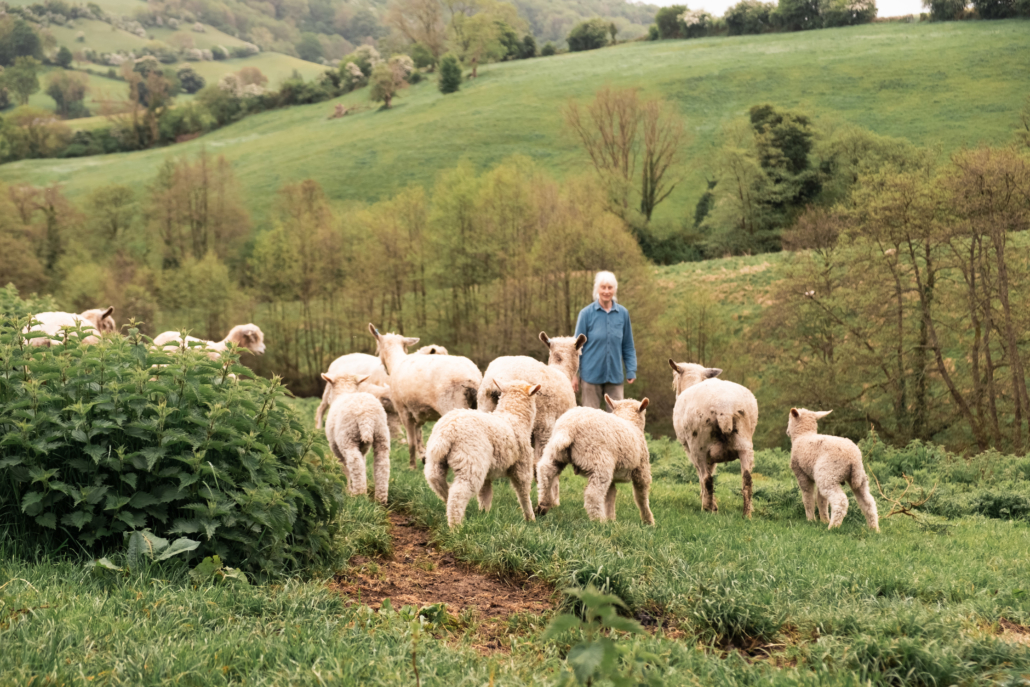
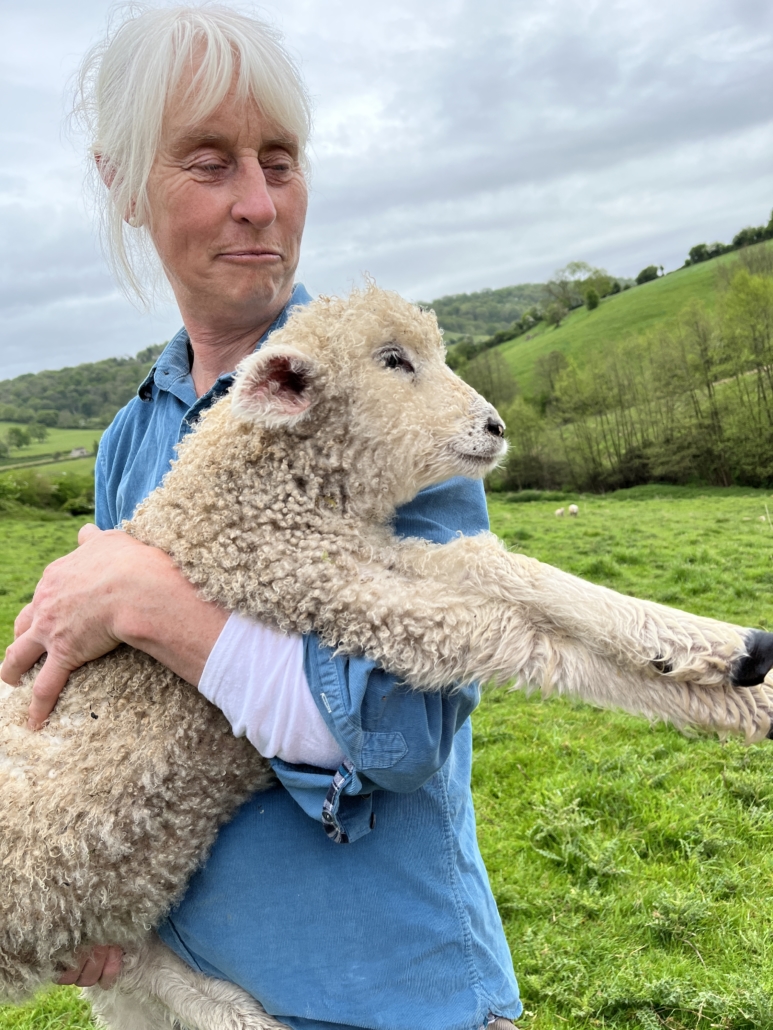
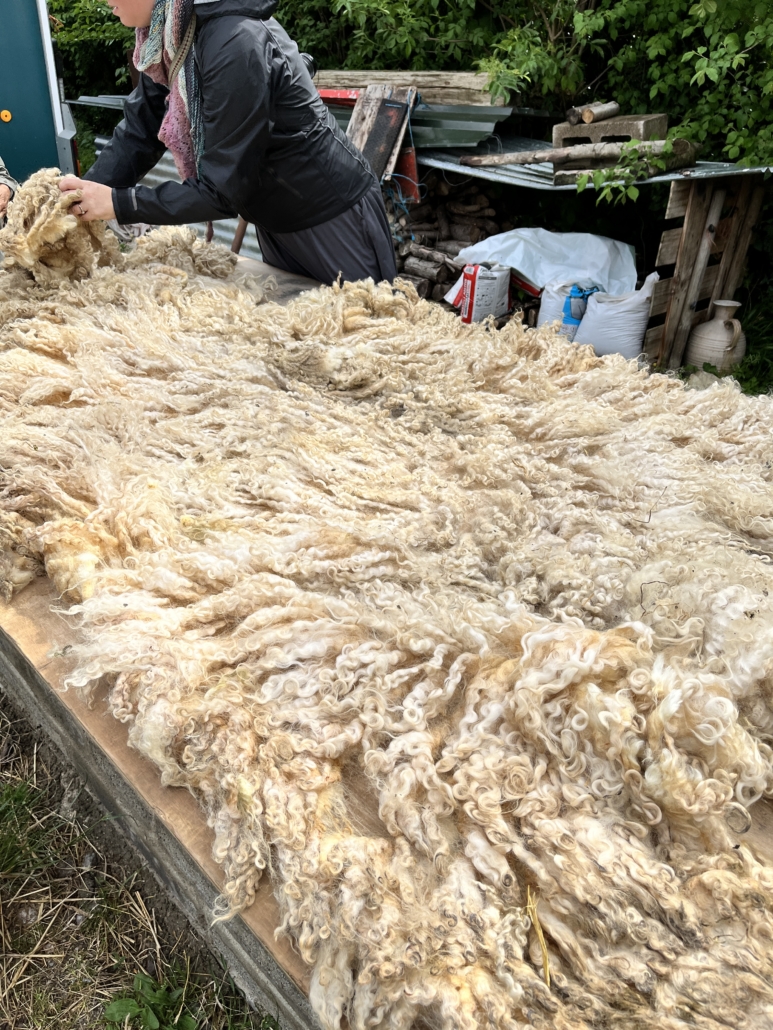
We also visited Sudeley Castle, where we were given a talk and tour by the castle’s textile conservator. The chapel at this castle is the resting place of Henry VIII’s final wife, Catherine Parr.
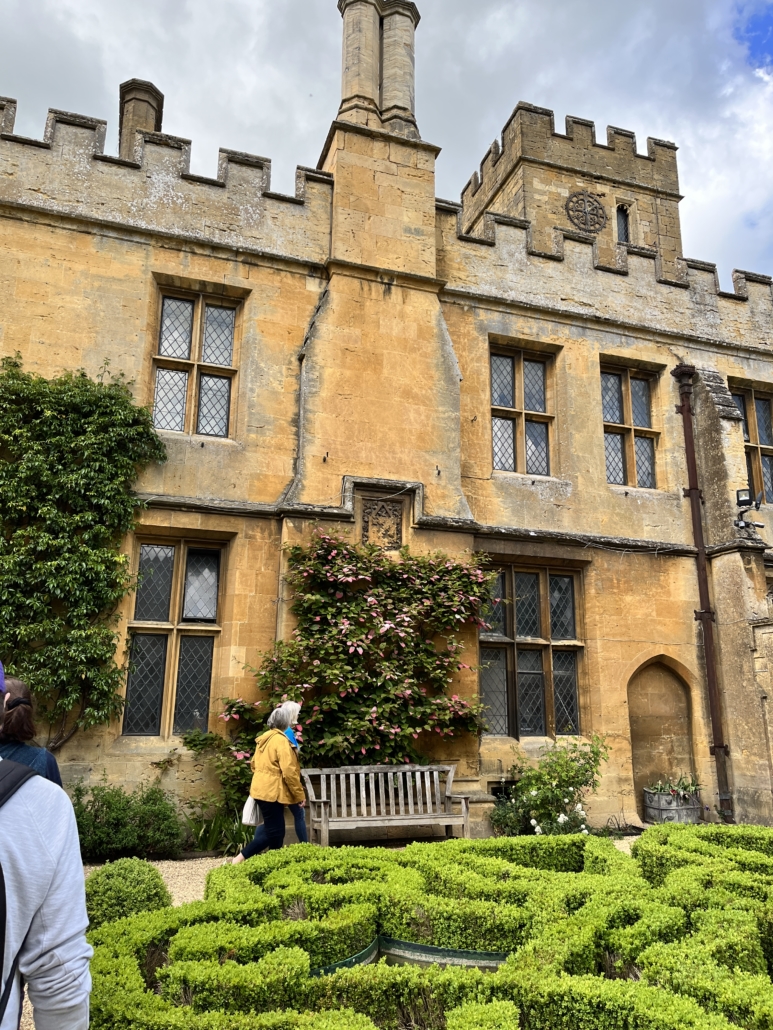
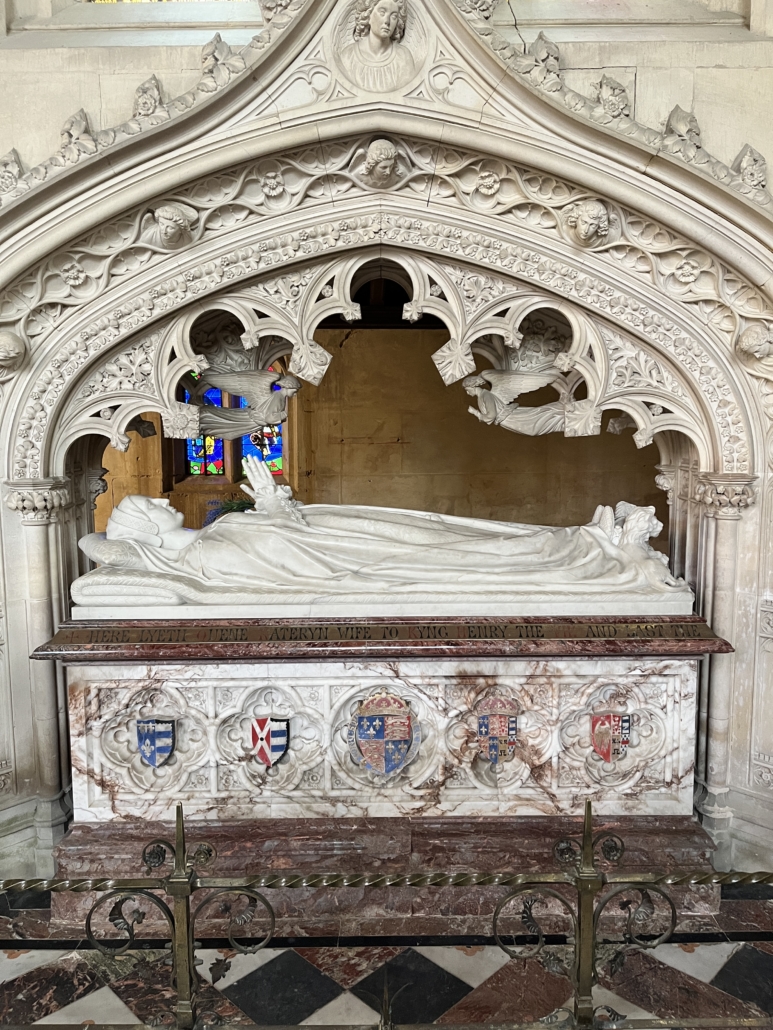
Our second-to-last full day was full of workshops for spinning and for cooking. Wendy McNamee brought fiber from various breeds along with a flock of Ashford wheels and we were able to spent several hours with her spinning those breeds (and learning to spin for those who didn’t yet know how). The cooking lesson was incredible—all ingredients came from right there at the farm and we made a tasty soup and a salmon dish.
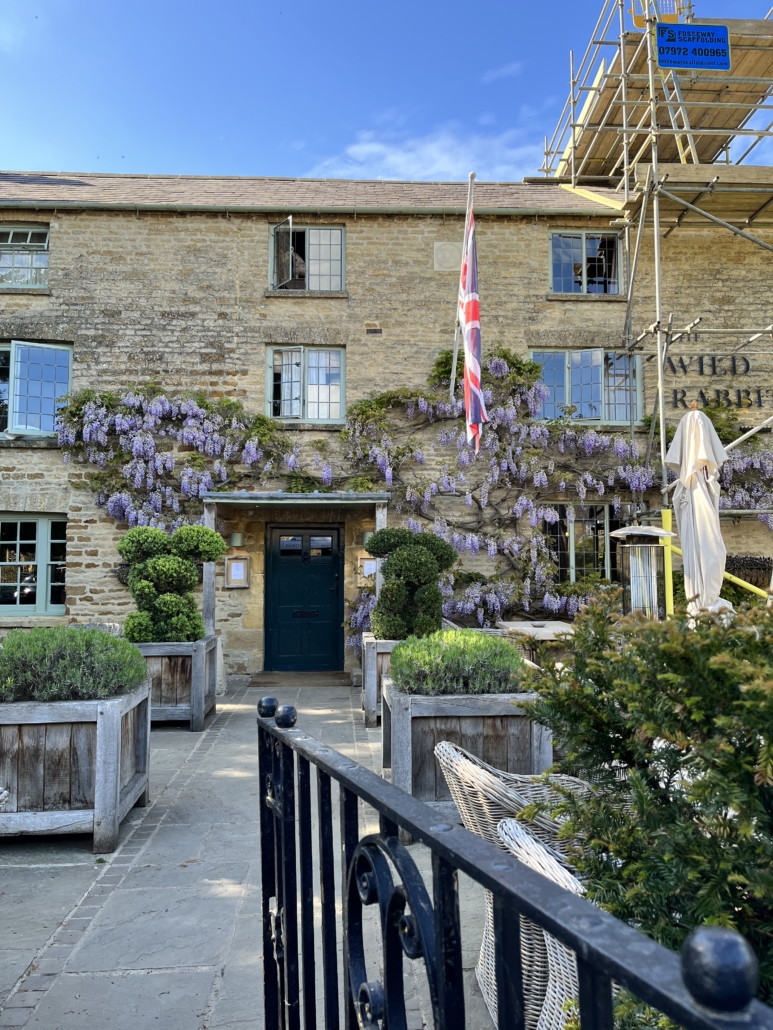
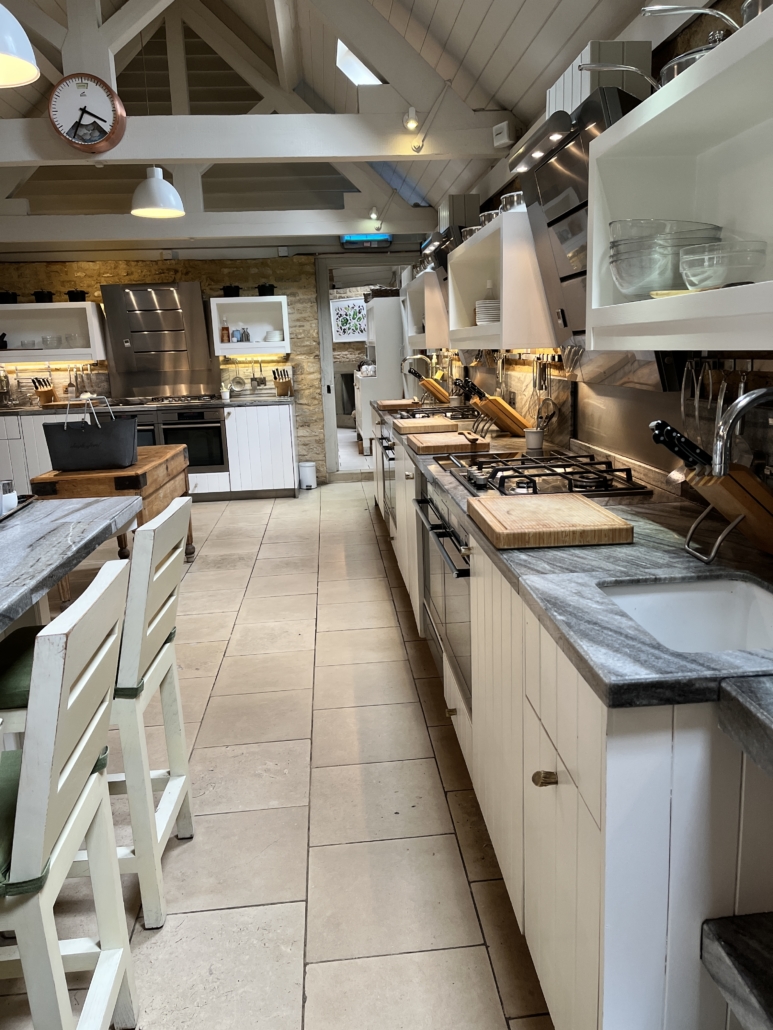
And our final day brought us to Armscote Manor, a private home with extensive grounds and sheep. We got a tour of the garden and got to meet the sheep, which included Portland and Black Welsh Mountain. After that, we visited Broadway Tower, with incredible views at the top.
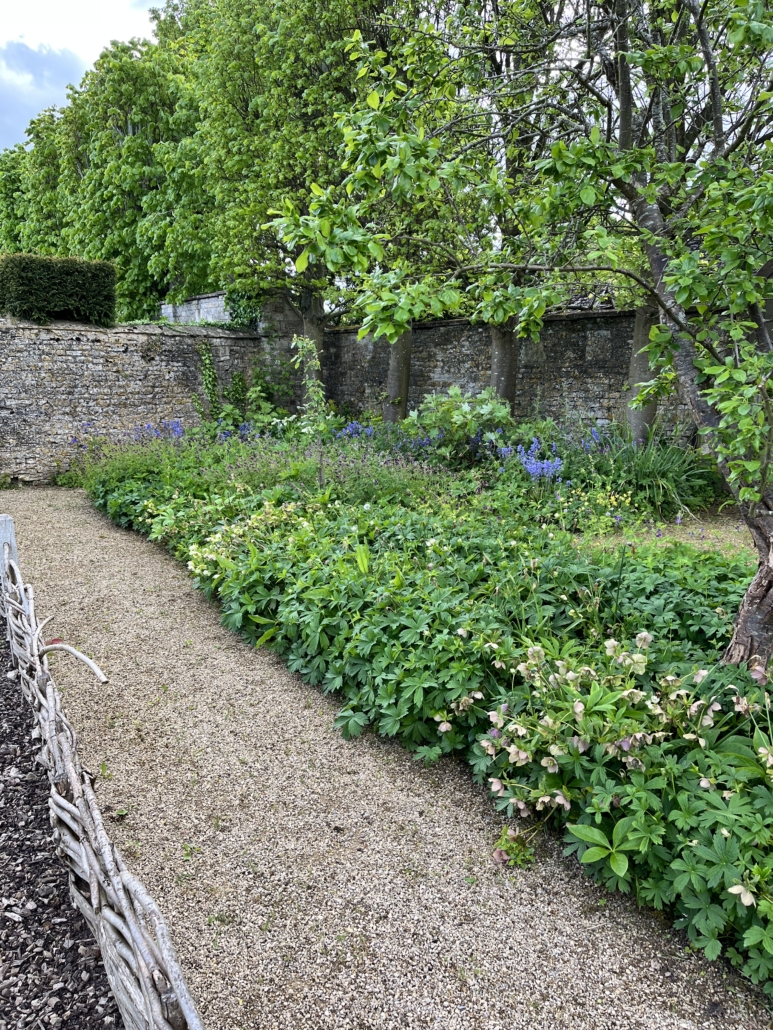
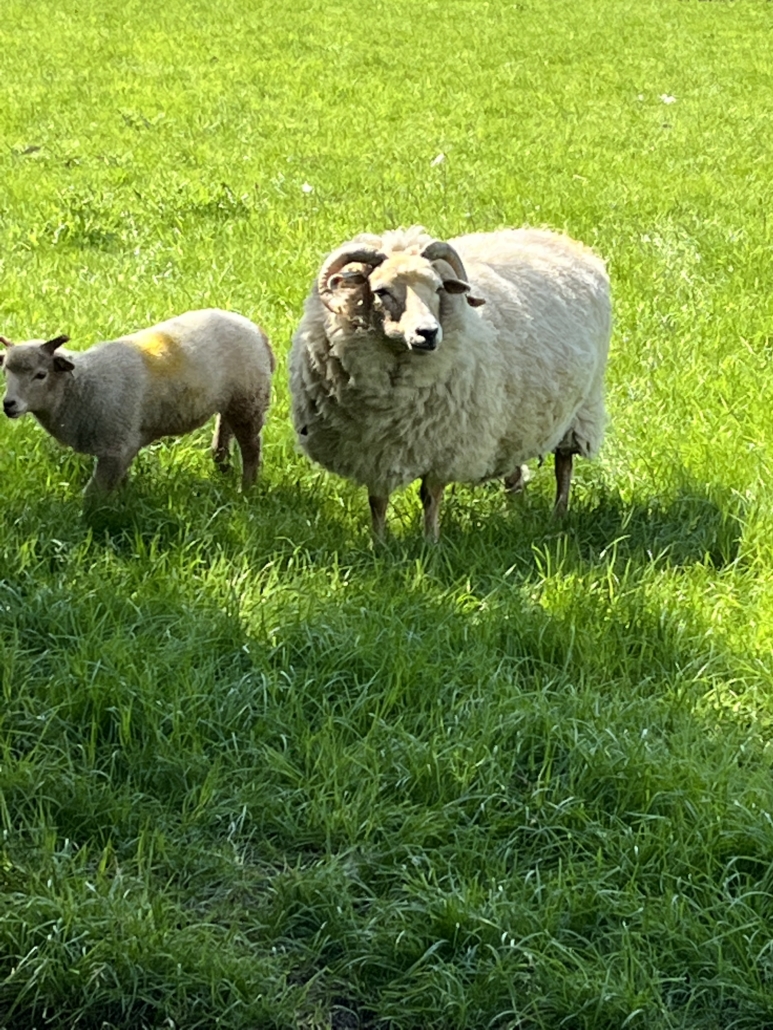
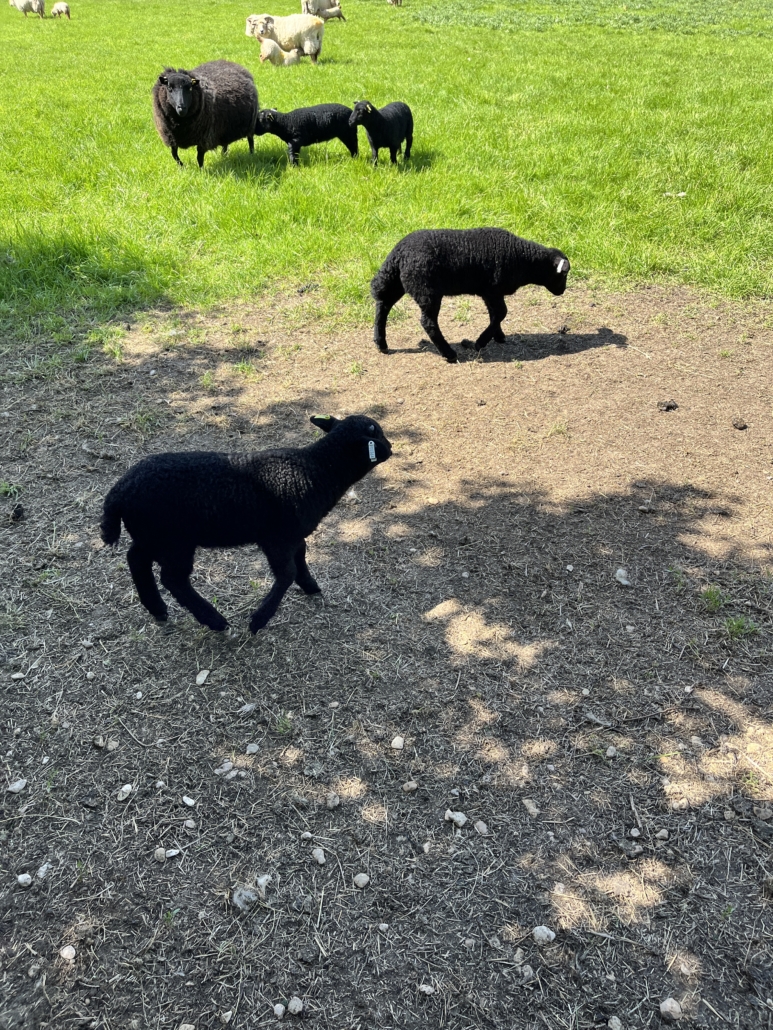
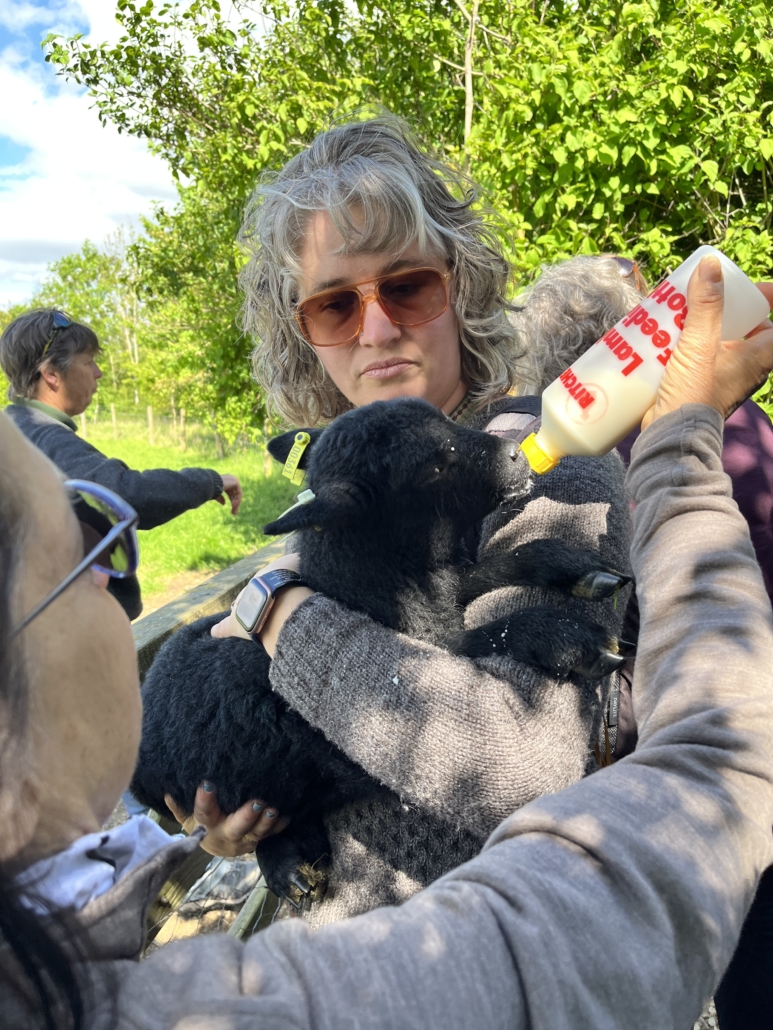
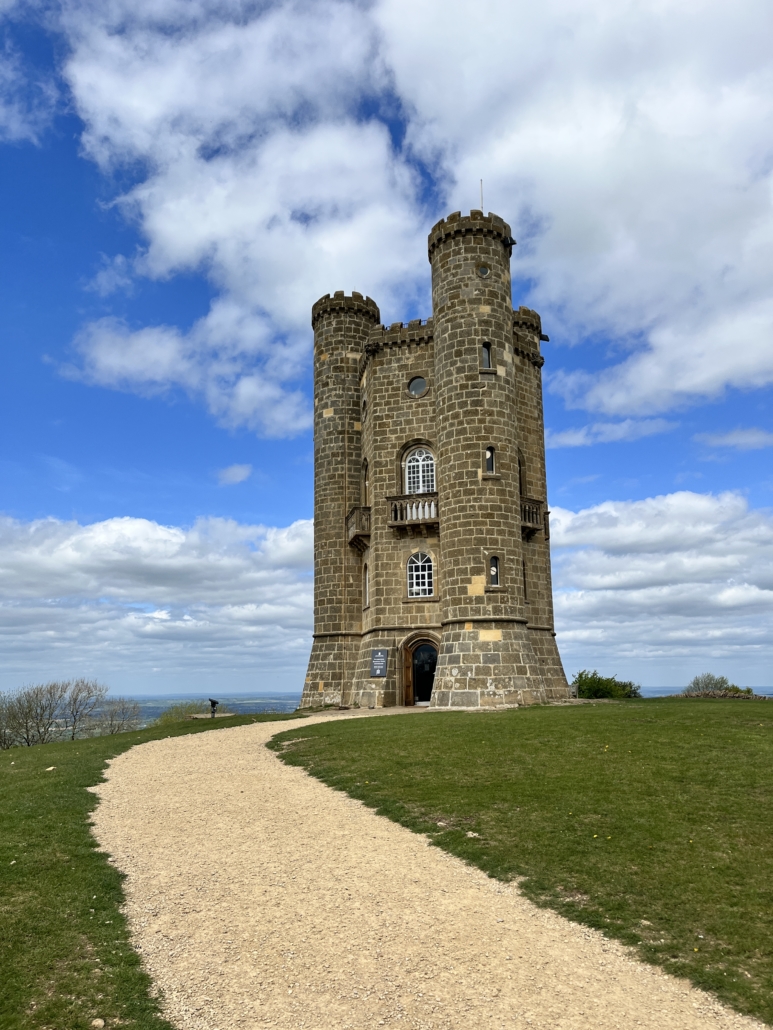
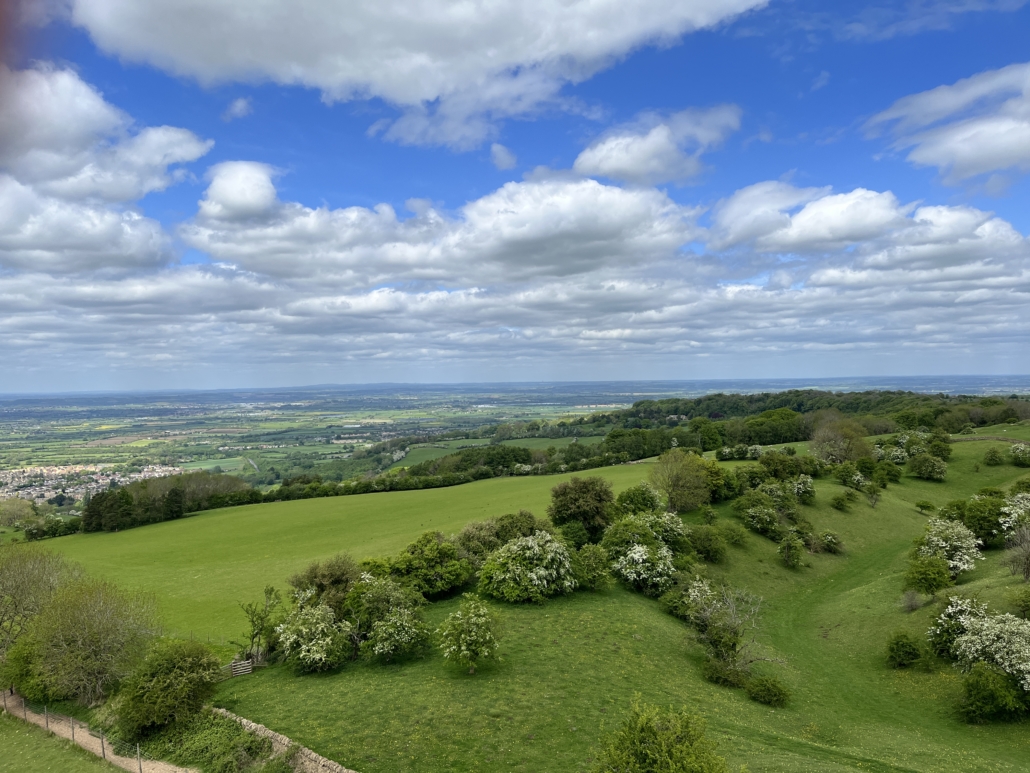
We capped off our final evening by a visit to the circus! Gifford’s Circus features performers both humorous and extremely talented (the two women who did acrobatics that involved hanging by their hair was both slightly terrifying and absolutely amazing). And we had dinner at Circus Sauce, a farm to table pop up that travels with the circus.
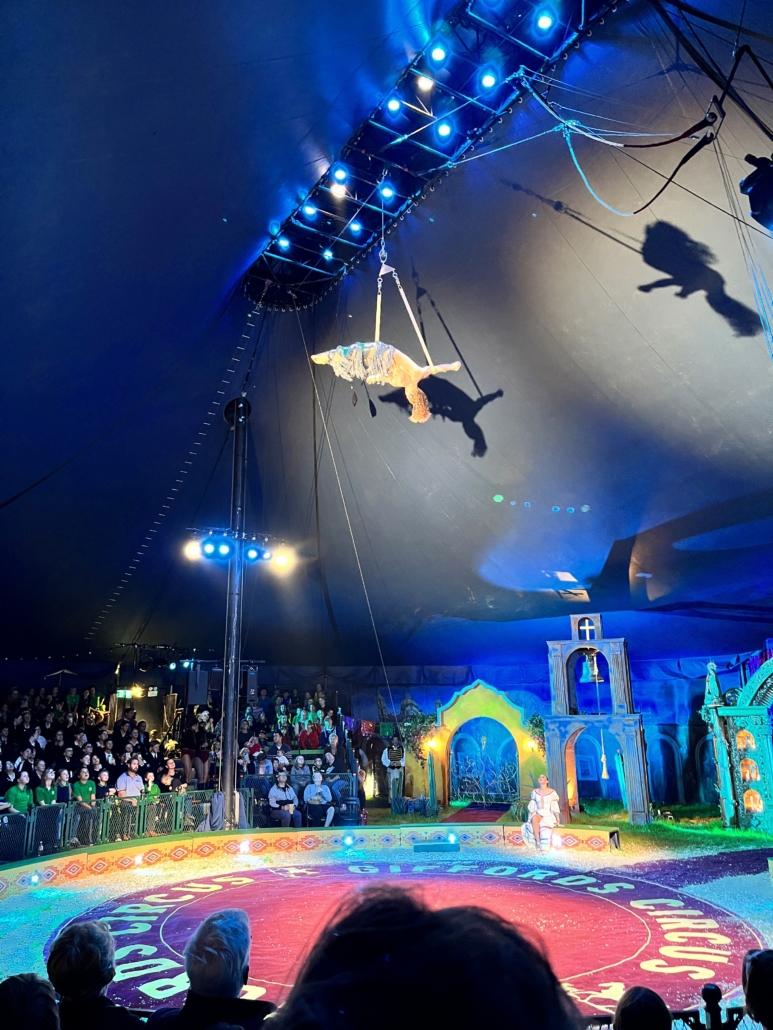
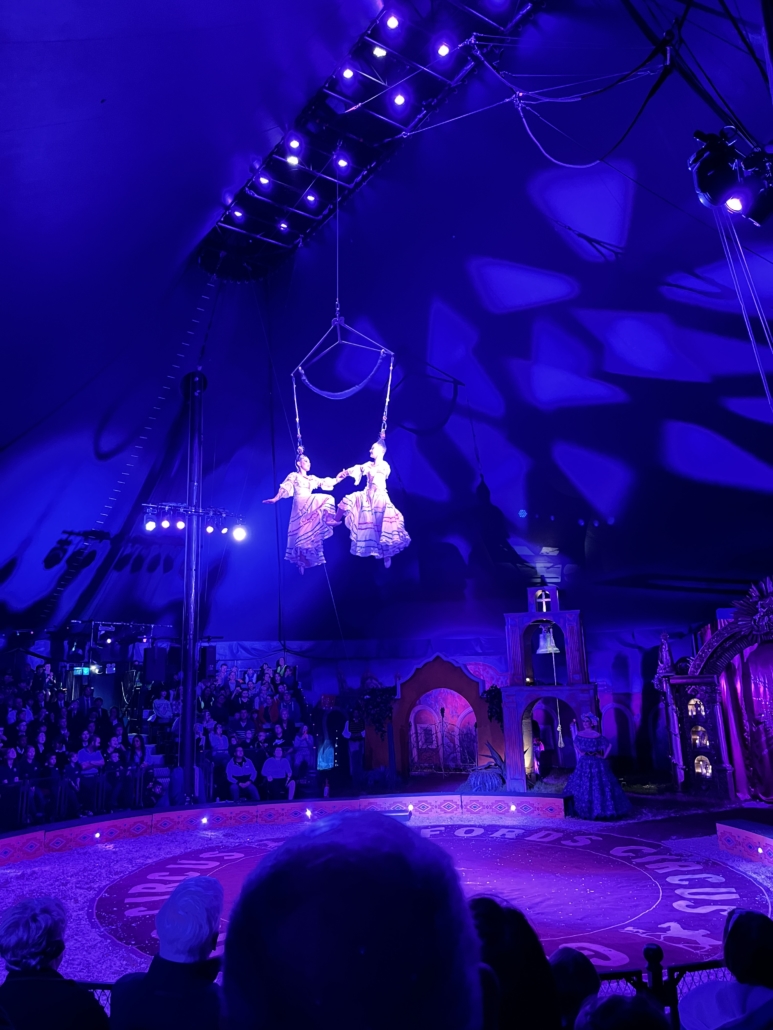
We got to do and see so many things on this trip, both sheep and fiber related as well as historical. But honestly, one of the best parts of the trip was getting to know the others on the tour, especially with our common interest in fiber arts. I was originally a little worried since I was going without knowing anyone else on the tour, but any fears were quickly put to rest with the warm and welcoming atmosphere of the group and of the trip leaders, Heather and Suzie. I can truly say that I made several new friends on this adventure of a lifetime.
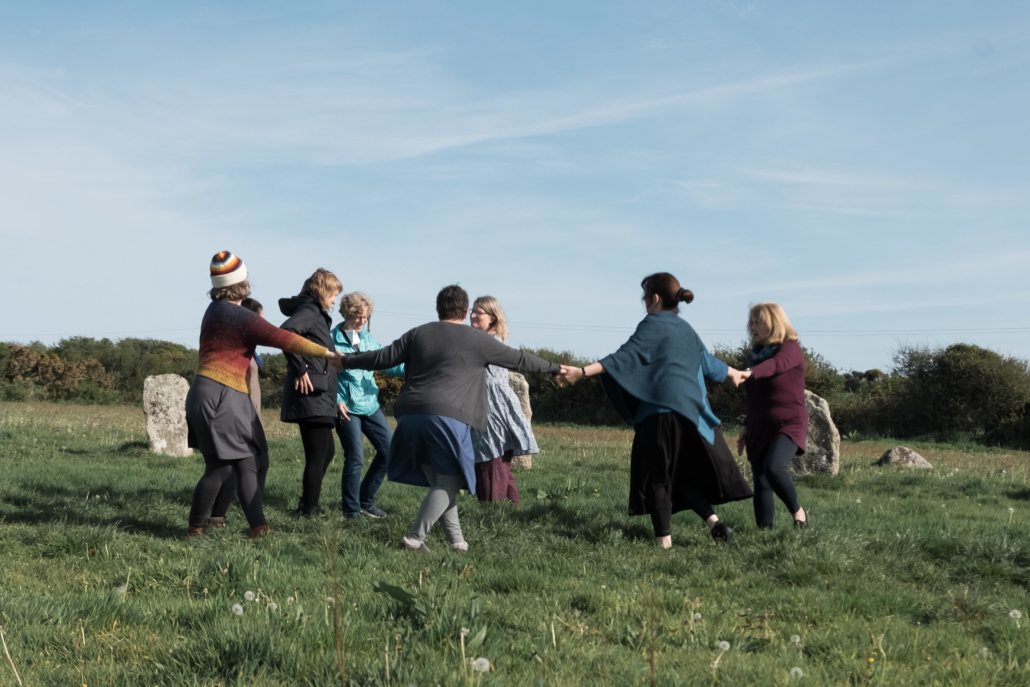
Rowan Tree Travel is a small tour company that offers tours specifically designed for the crafting community. In fact, there’s a “companion” tour to the one I went on coming up in the fall that covers northern England. That one is called A Wool Lover’s Visit to the North of England. Want to go? There are spots available. I’d love to see you there (that’s right, I’ve signed up for that one too!). Otherwise, there are/will be tours in other part of England, Wales, and Scotland, as well as Ireland, Iceland, Copenhagen and the Faroe Islands, Greece, and Canada.
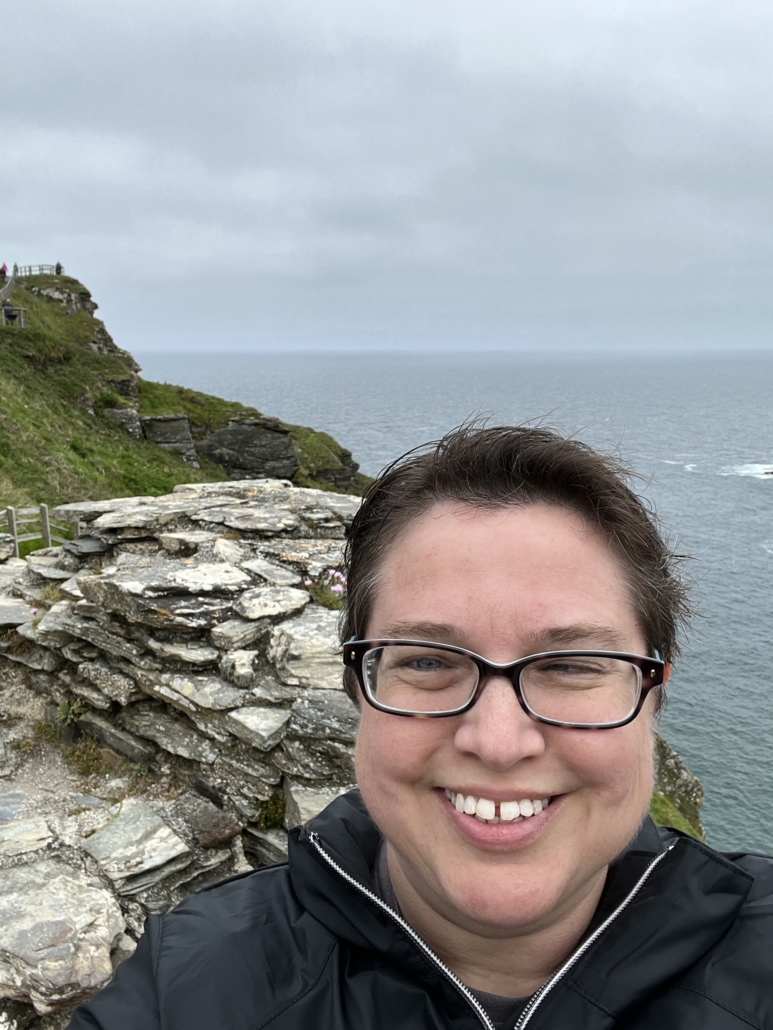
Karen Robinson has been knitting for almost twenty years and spinning for fifteen. She loves exploring the characteristics of various sheep breeds. She’s a voracious reader and has a full household with a husband, 10-year-old son, two Boston Terriers, and two cats. And she’s also the Managing Editor of PLY Magazine.

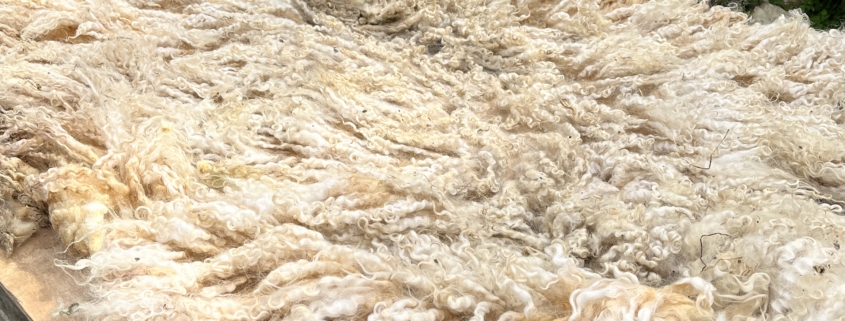


Leave a Reply
Want to join the discussion?Feel free to contribute!